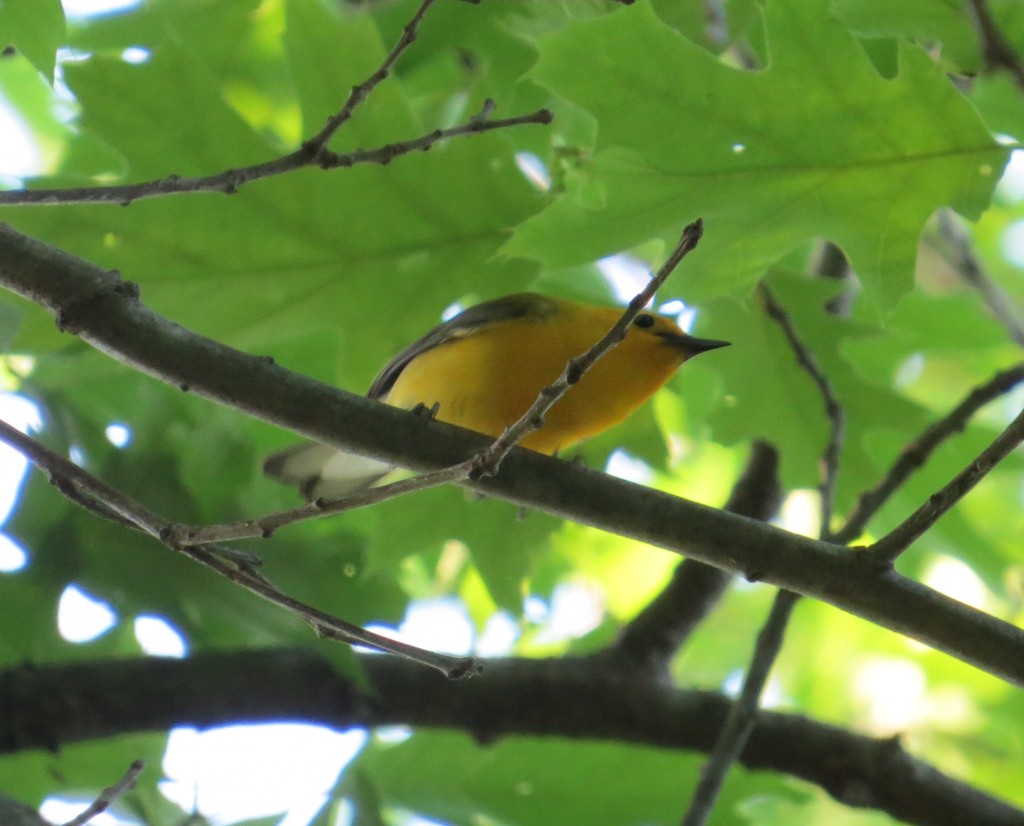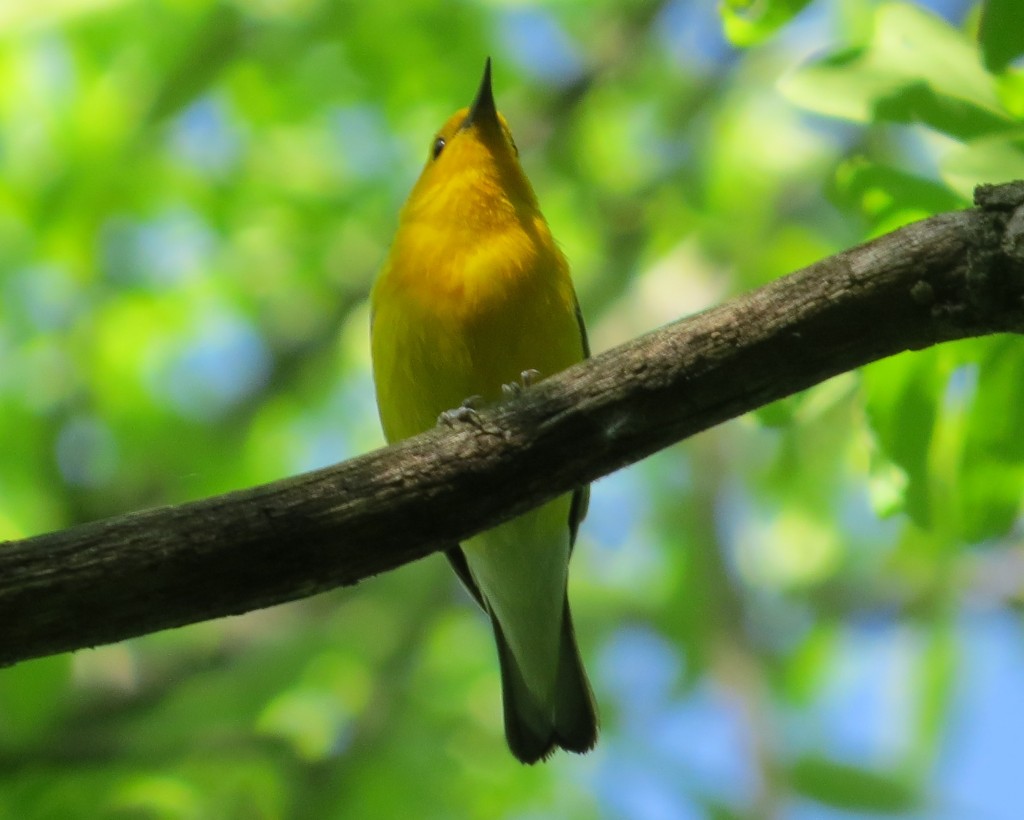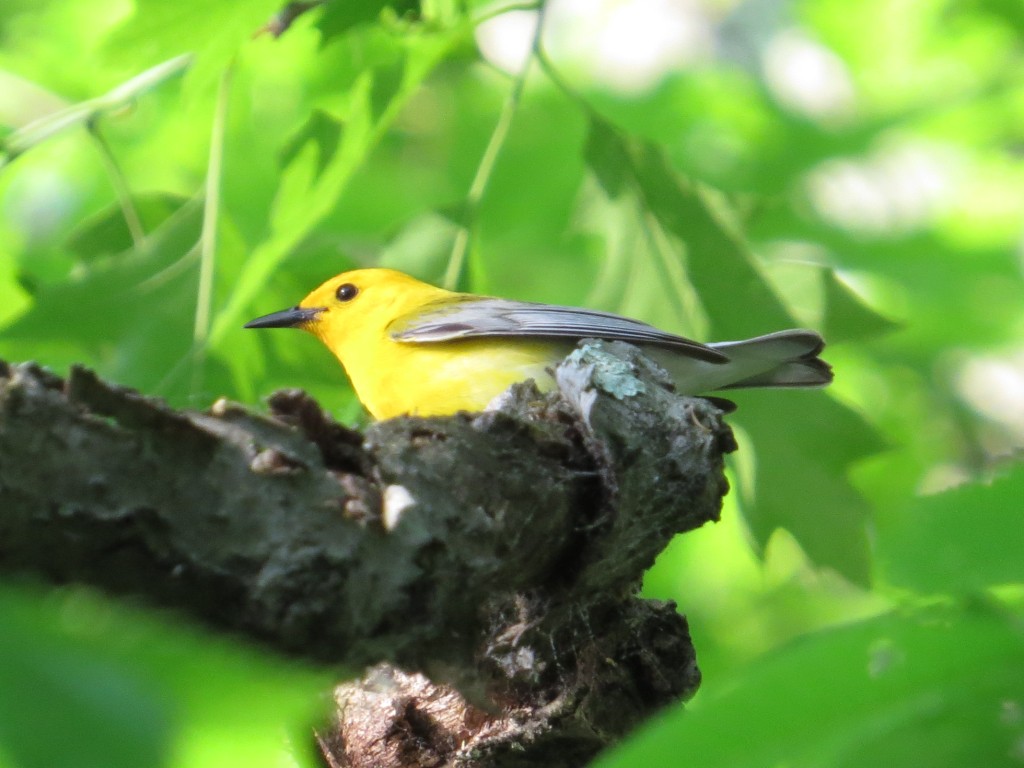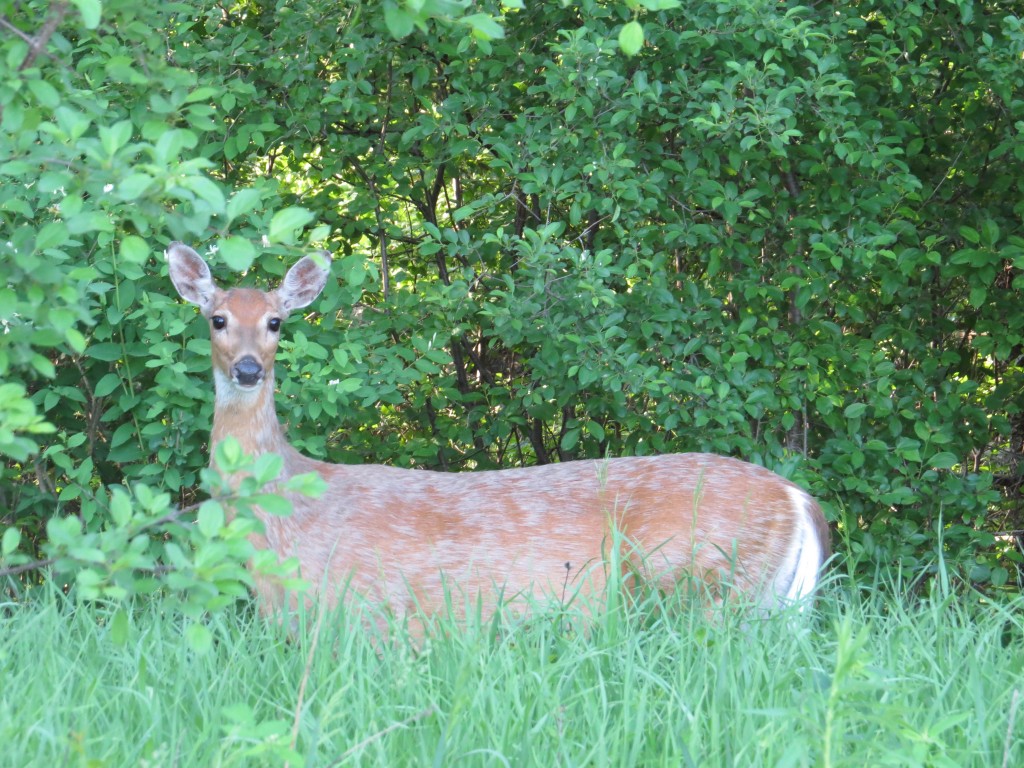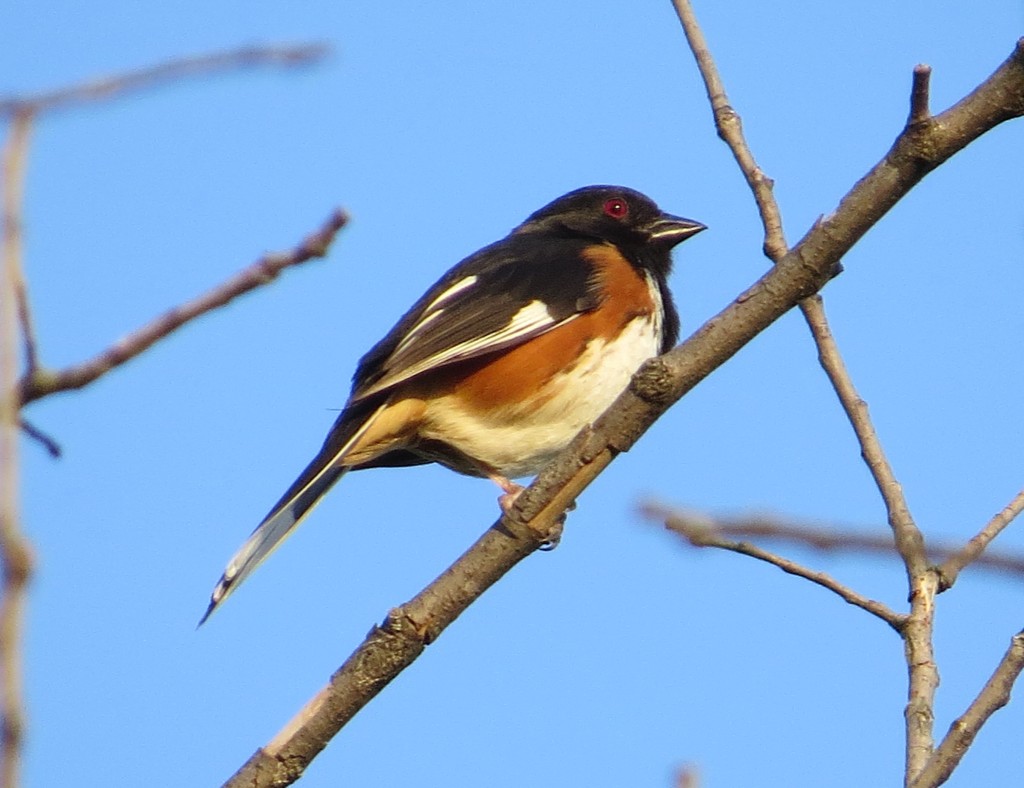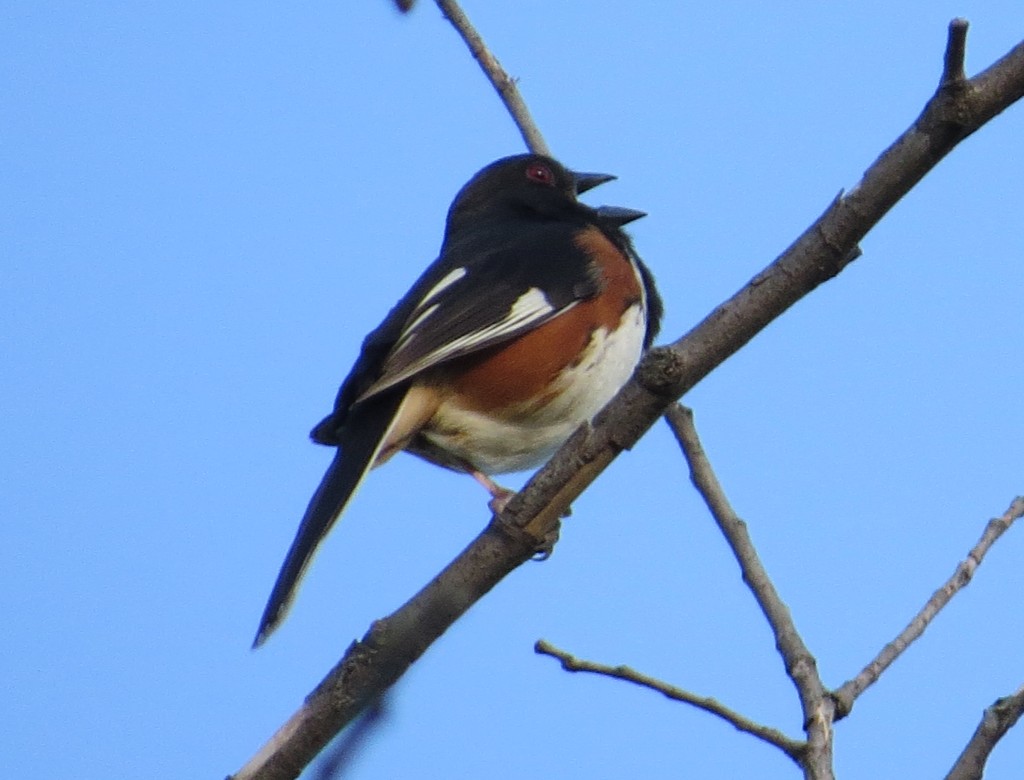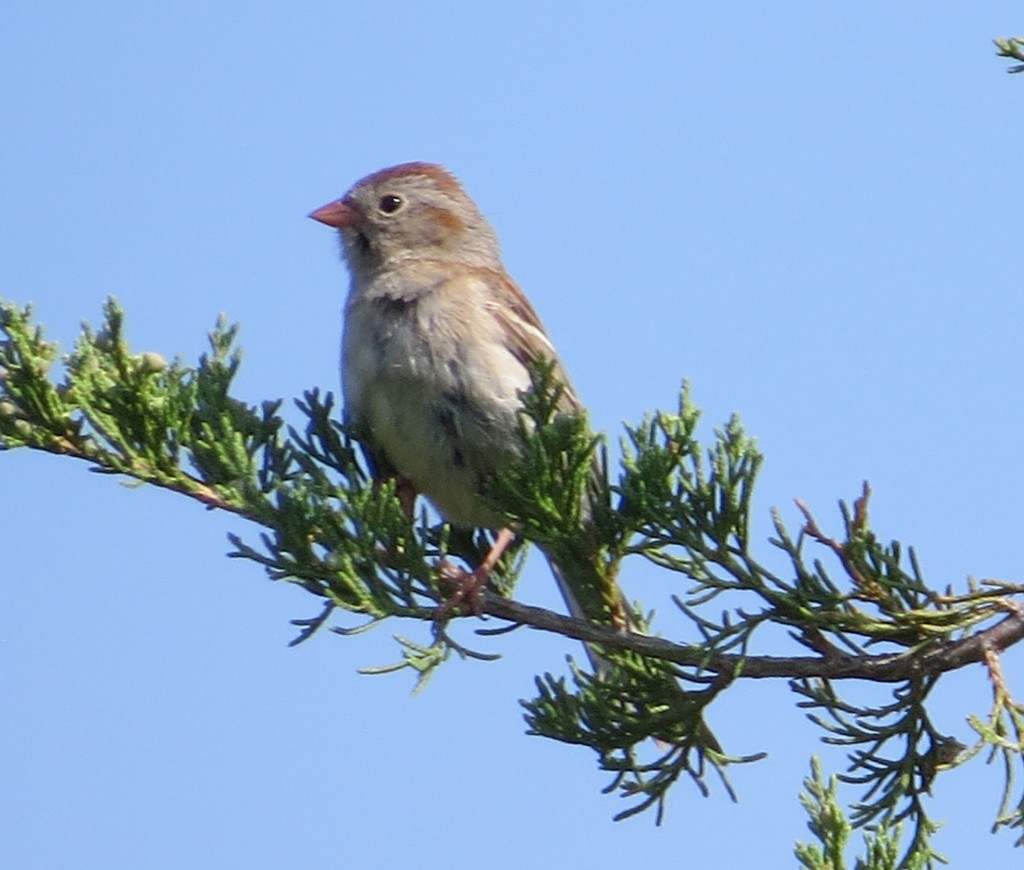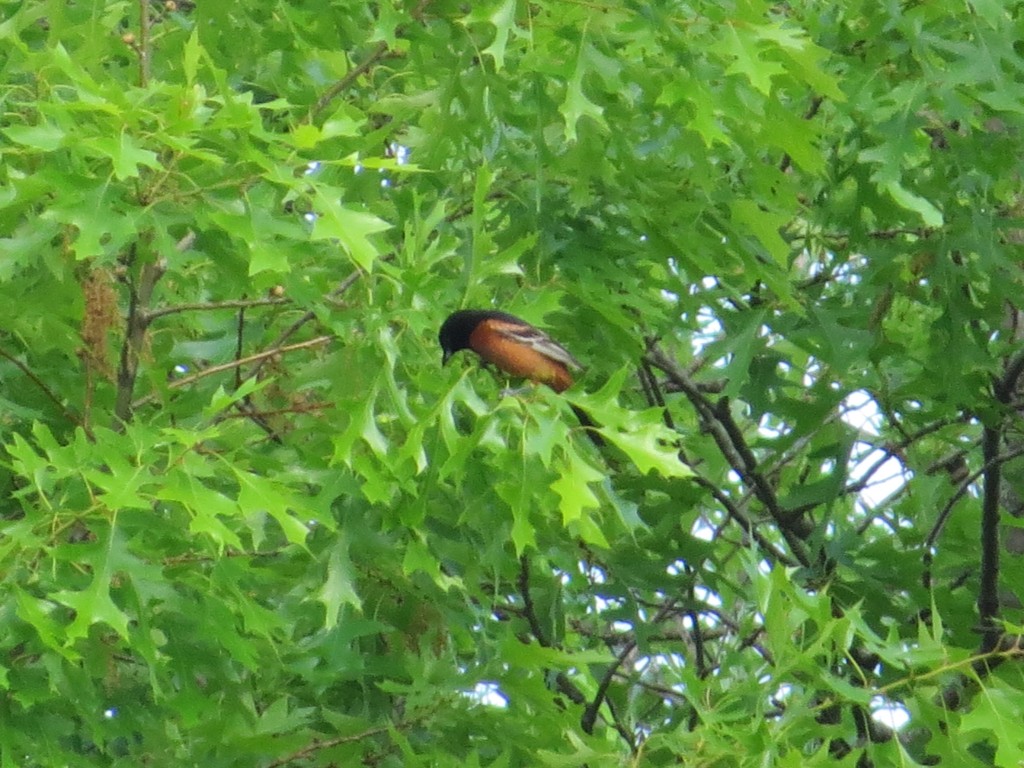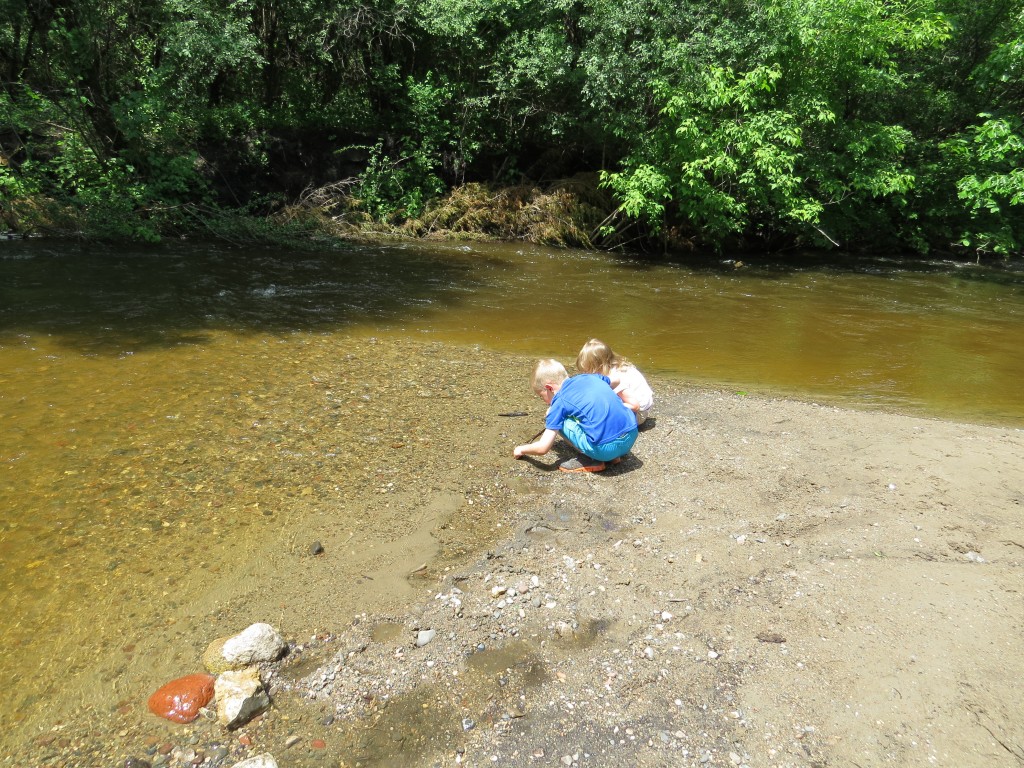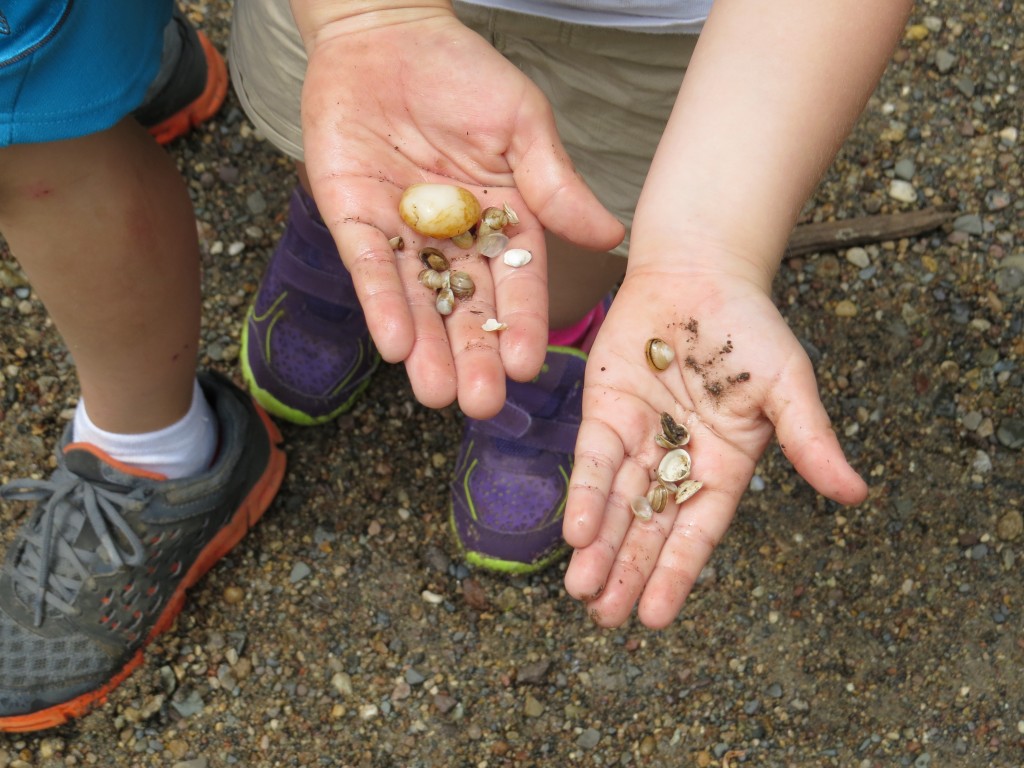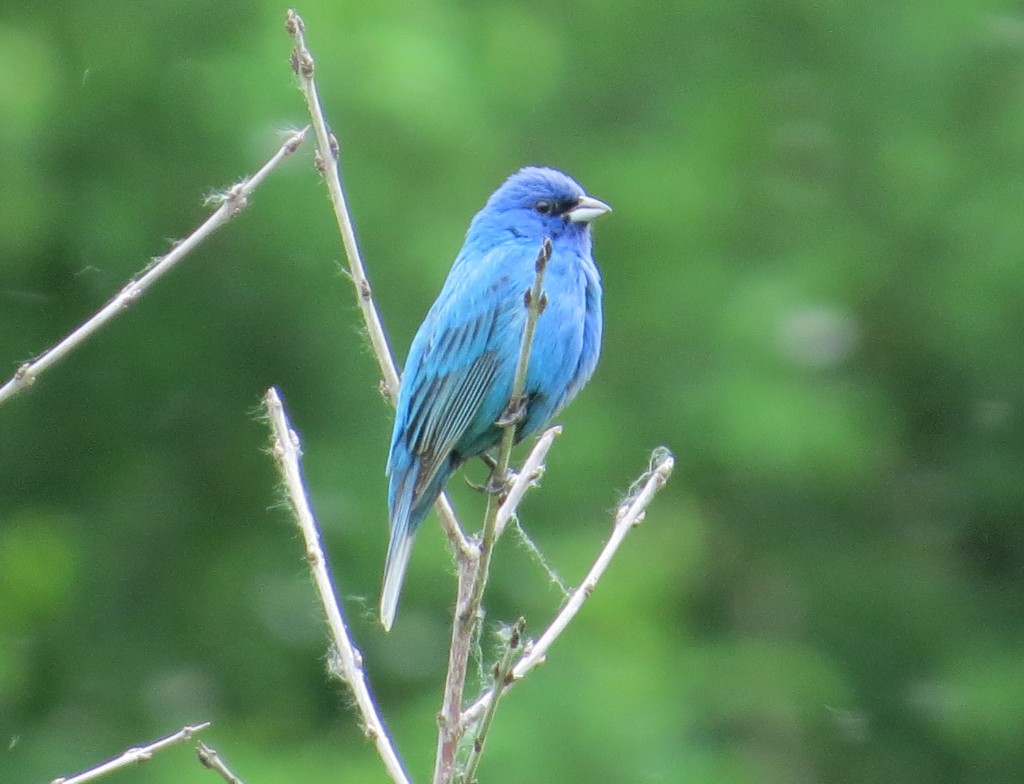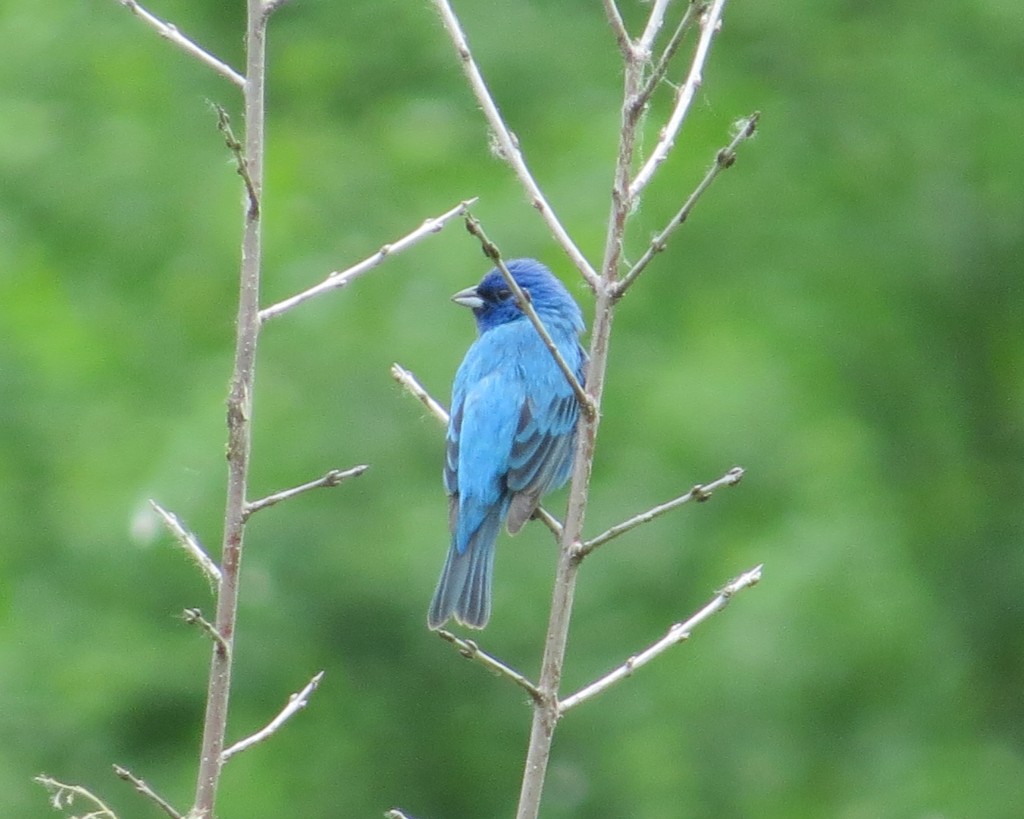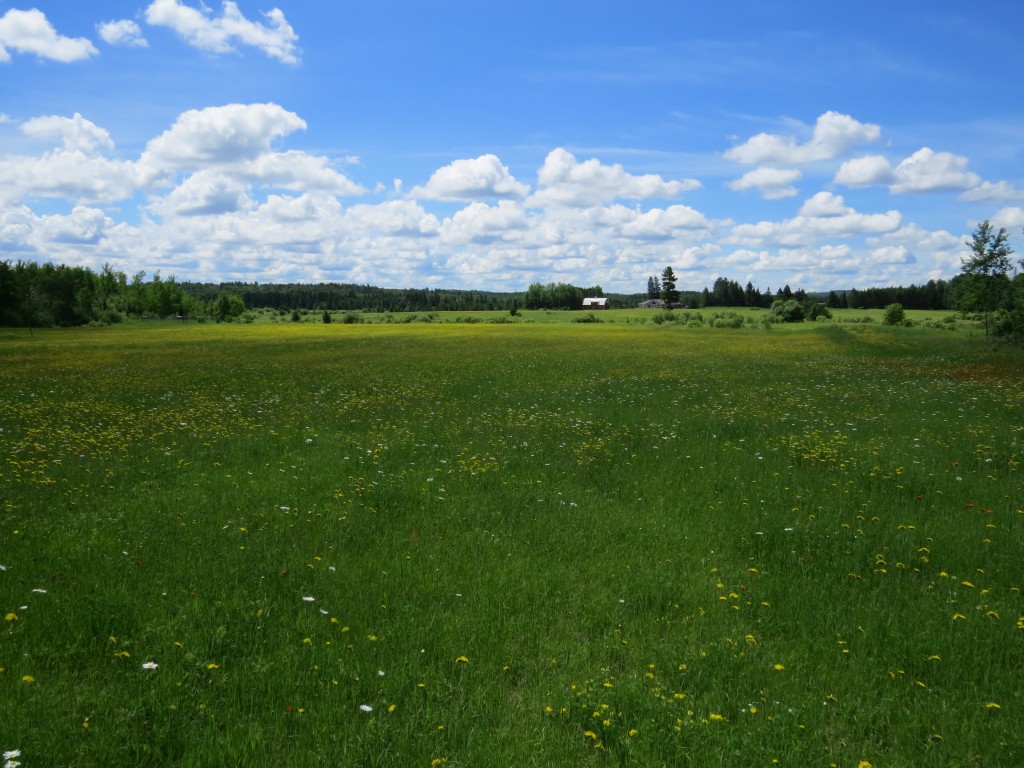
The parents’ 80-acre “farm”
Ahhhh, northern Minnesota. It’s good for the soul. I can’t believe June had nearly expired before we got up there this summer. I blame bathroom remodels, snow make-up days, and birds. June is probably the best month to be up there. The weather is wonderfully cool, the scenery is a crisp blue and green everywhere, the fishing is fantastic, and the warblers are unbeatable. It’s a birdaholic’s dream with the great northern species and a maximum of 6 hours of darkness around this time of the summer solstice.
In fact, when we arrived at Mom and Dad’s around 7:30 last Sunday evening, I heard a life bird. An American Bittern, also known as the Thunder Pumper, was just beginning his evening calling in the wetland across the road. I battled the hordes of mosquitos trying to get a glimpse of it, but it never came into view. Maybe tomorrow.
That next morning I was up early to go birding around my parents’ 80-acre spread. The truth is that I’ve never really birded their land as I’ve seen most of my northern birds during migration back home. But this place is where the birding venture kicked off for me a couple years ago when I had a chance encounter with a Chestnut-sided Warbler. It was time to see what I could dig up when birding it properly. My parents’ land is unusual in that it is mostly open prairie instead of being heavily forested like most of the region. As such they get some fun prairie birds like Eastern Bluebirds and Bobolinks as well as a lot of the boreal species in the surrounding woods.
The dew was heavy that morning and the mosquitoes were unbelievably thicker than normal. Admittedly I was quite miserable. The beautiful song of another life bird, the Winter Wren, caused me to bear the misery a little longer. But the Winter Wrens have an affinity for the thickest, shrubbiest, swampiest habitat. Even if I got close I would probably not get a visual and the mosquitoes would increase tenfold. I gave up on it after a time, deciding to go after it during migration back home. My morning was not a waste, though, as I was delighted to find a Northern Parula singing on territory. My visual was quick but good even if I couldn’t get a photo. Other than the Parula, the audio birding was wonderful – Veeries, Ovenbirds, and White-throated Sparrows were constantly at work creating a symphony in the woods.
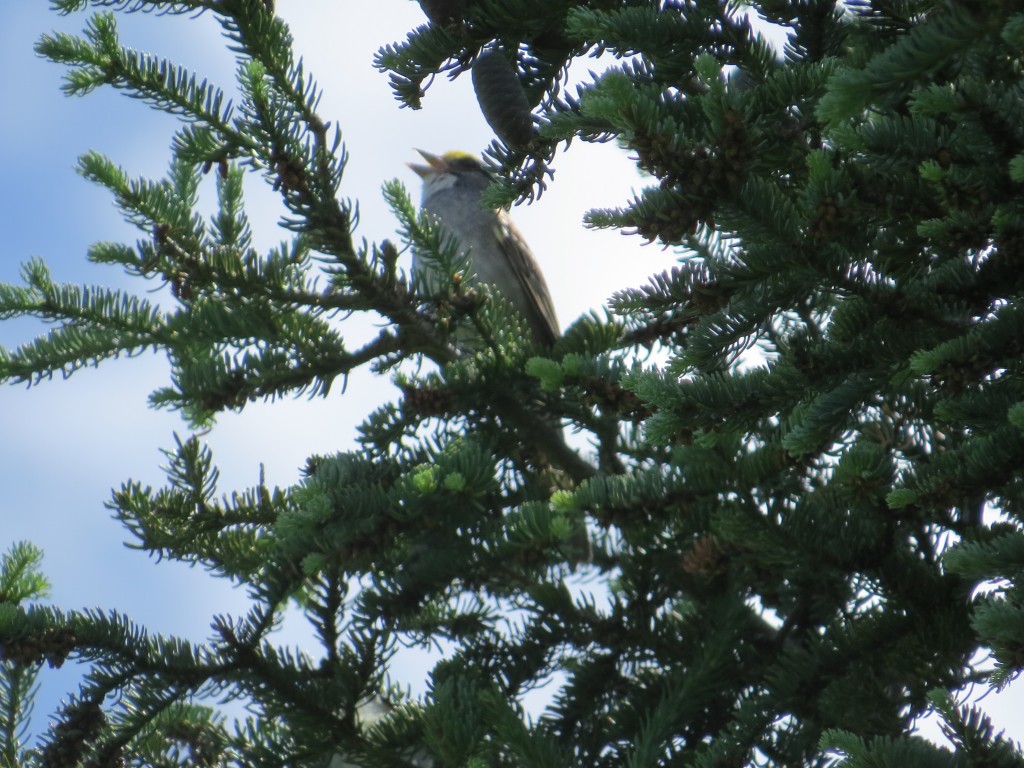
White-throated Sparrow singing his “Oh, sweet Canada, Canada!” song with great gusto
Later that day Evan was begging for a 4-wheeler ride. Usually I’m the one who takes him on such an excursion. Eventually I relented. Evan told me he wanted to go on “the longest 4-wheeler ride ever.” The appeal of ATVs and snowmobiles has long worn off for me, but with all the birds around I had the sudden thought that I could probably give Evan “the longest 4-wheeler ride ever” and that it could be a lot of fun for both of us. It would have several listening stops at key places. Evan’s a birder and not enough of a motor-head to mind stopping every now and then to listen and look for birds.
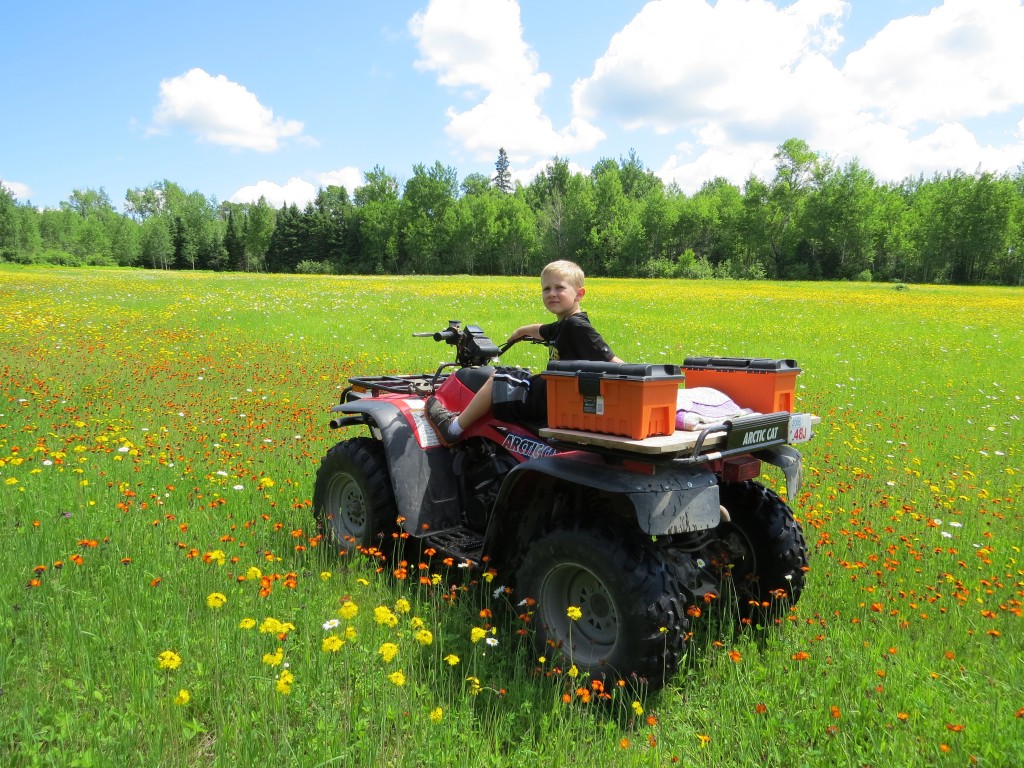
Our first listening stop was the location of that Northern Parula. I played the song on my phone. Immediately we got a response, but not from the Parula. A Black-billed Cuckoo sounded off in the distance! Holy Smokes! That’s another life bird. I’m not sure if he responded to the Parula song or if it was pure coincidence. Either way, we fired up the 4-wheeler and headed that direction. We made a couple stops, playing the song each time. Randy has said they are very responsive to tapes. Despite our efforts, we were not hearing it again.
Then I was about to give up at our last stop, when all of the sudden the Cuckoo flew in and landed in a dead tree right in front of us!
“There it is!”
“Where?!” Evan responded
“Right there!” I said, pointing as Evan sat on the 4-wheeler seat in front of me.
“I see it! Yes! Another life bird!” Evan said while doing a fist pump and standing simultaneously.
The visual was good. The photos are another story. It’s such a secretive, sneaky bird!
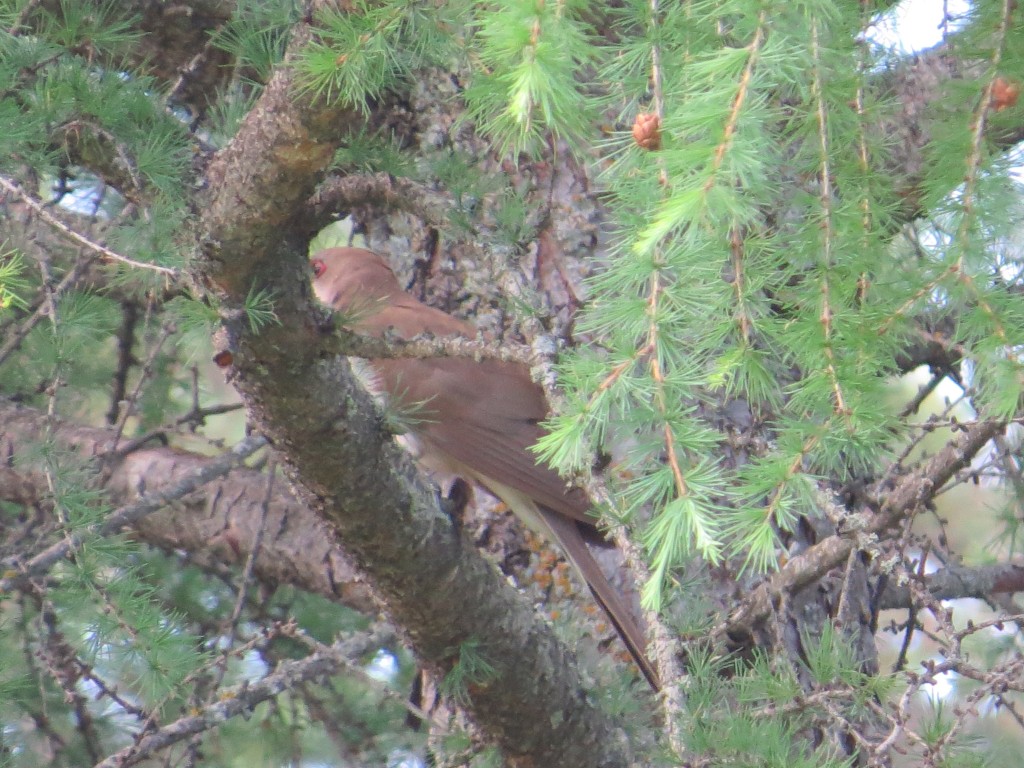
Black-billed Cuckoo lifer – Finally!
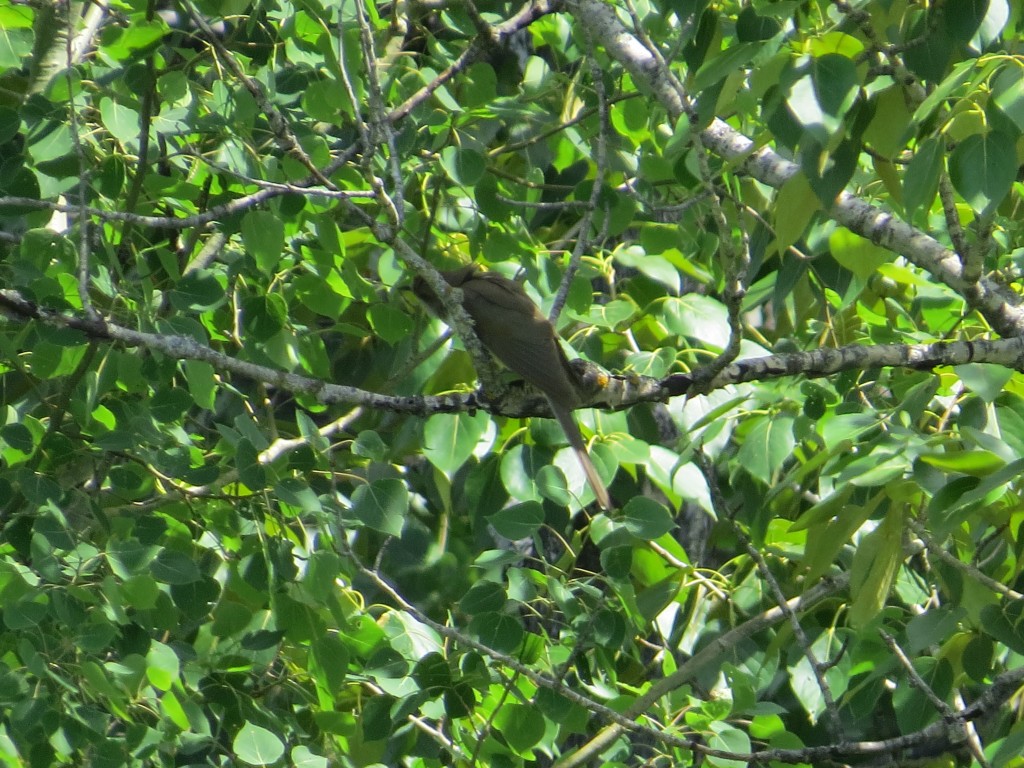
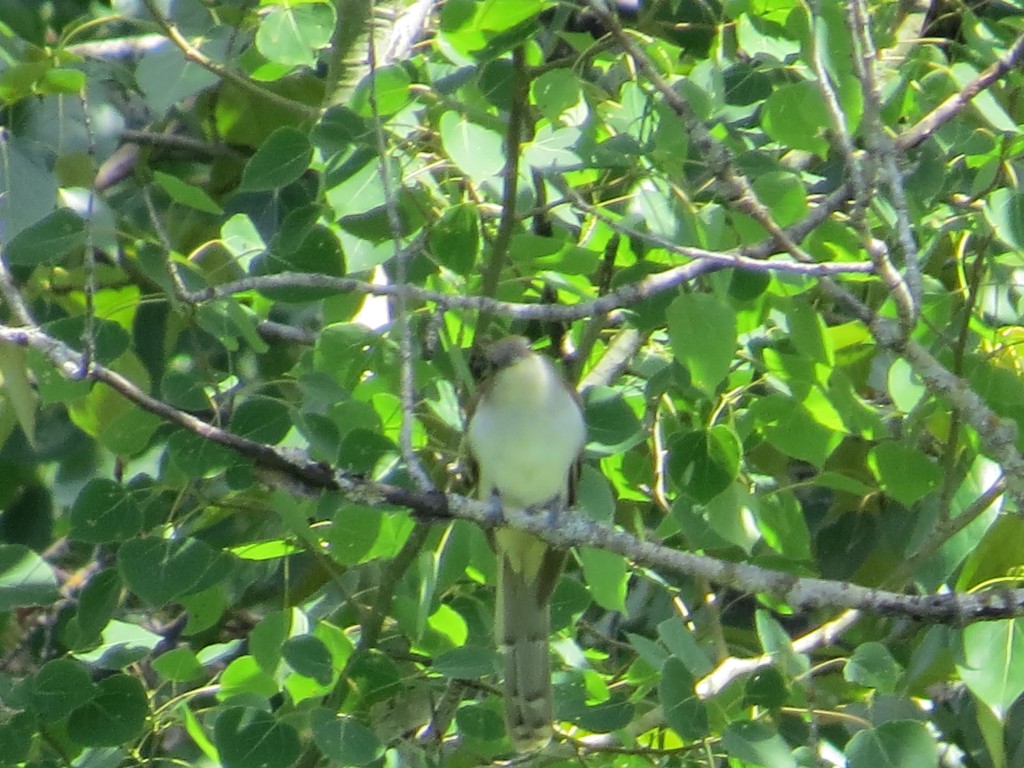
This bird flew out into this open meadow a few times checking us out. We had really good looks at it as it flew by. What a thrill it was to finally get this bird!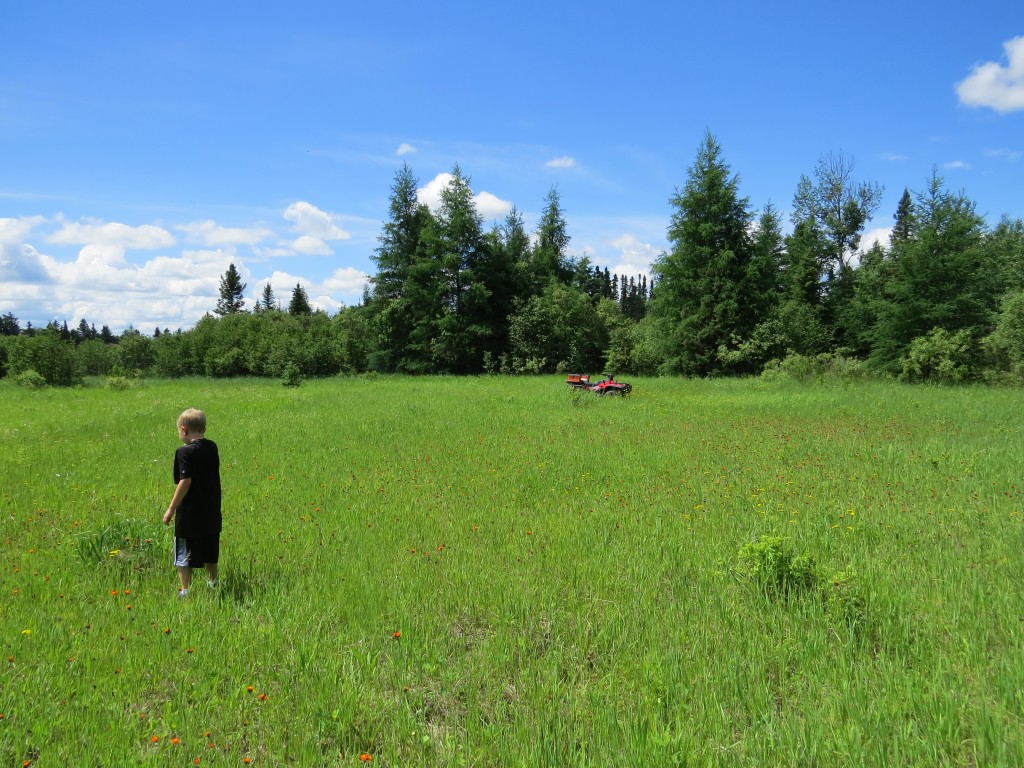 A good sighting like that made a beautiful day even more beautiful.
A good sighting like that made a beautiful day even more beautiful.
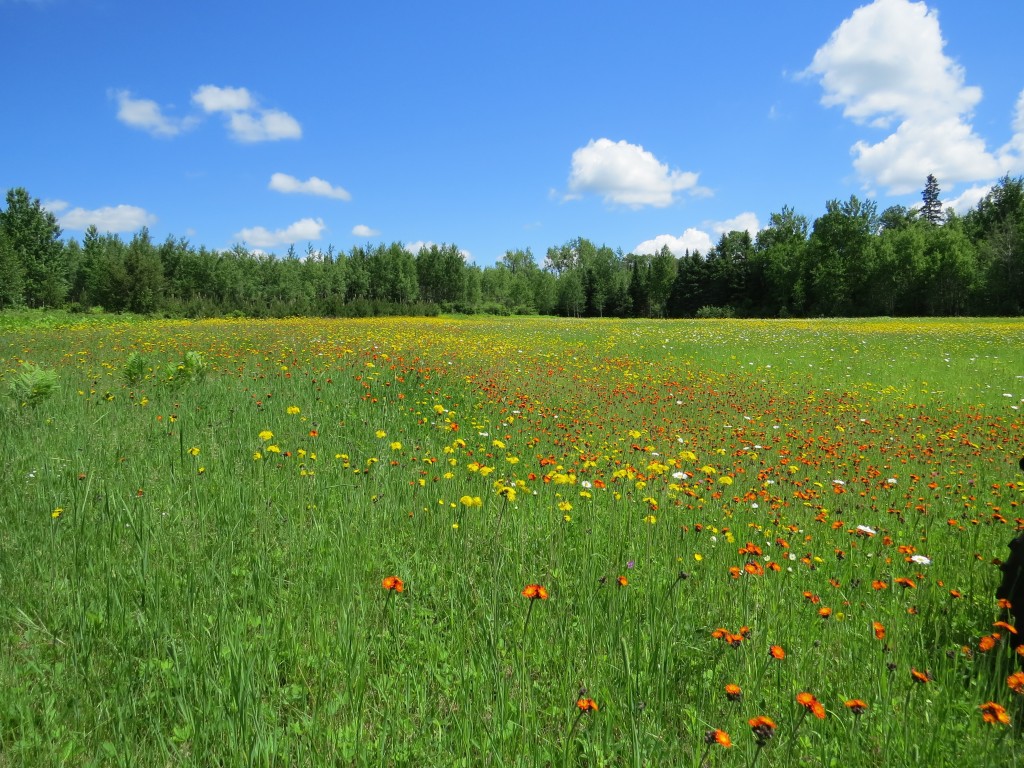
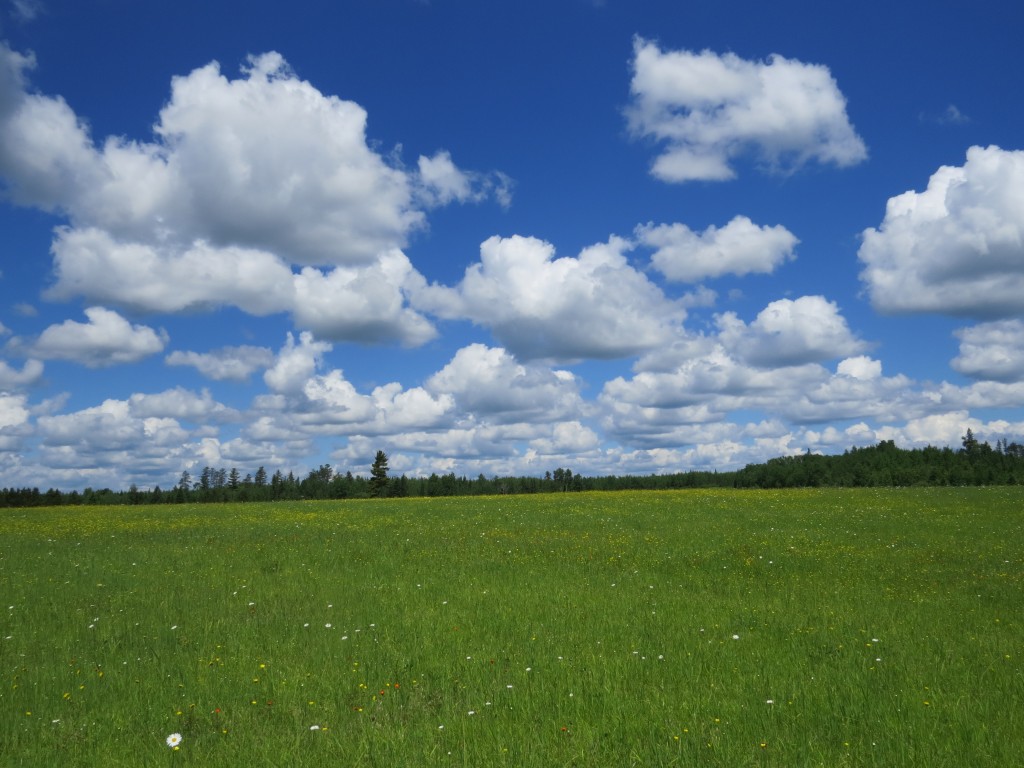
I took my dad out a couple hours later to see the Black-billed Cuckoo. He had never seen one either. We took the 4-wheeler, but as is the customary pecking-order of father-son relationships, I was no longer the driver. I opted for sitting on the back rack, facing the opposite direction instead of sharing the seat with him. I was able to help Dad see the Cuckoo. It was also fun to enjoy the birds that benefit from the nesting boxes Dad has put up.
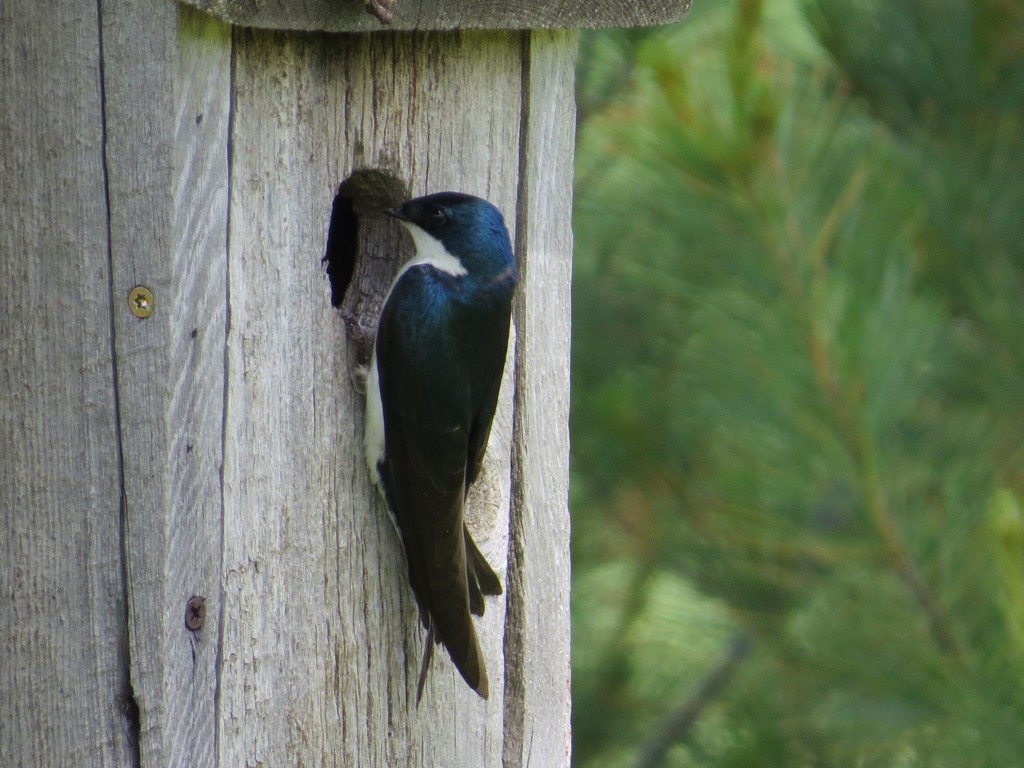
Tree Swallow
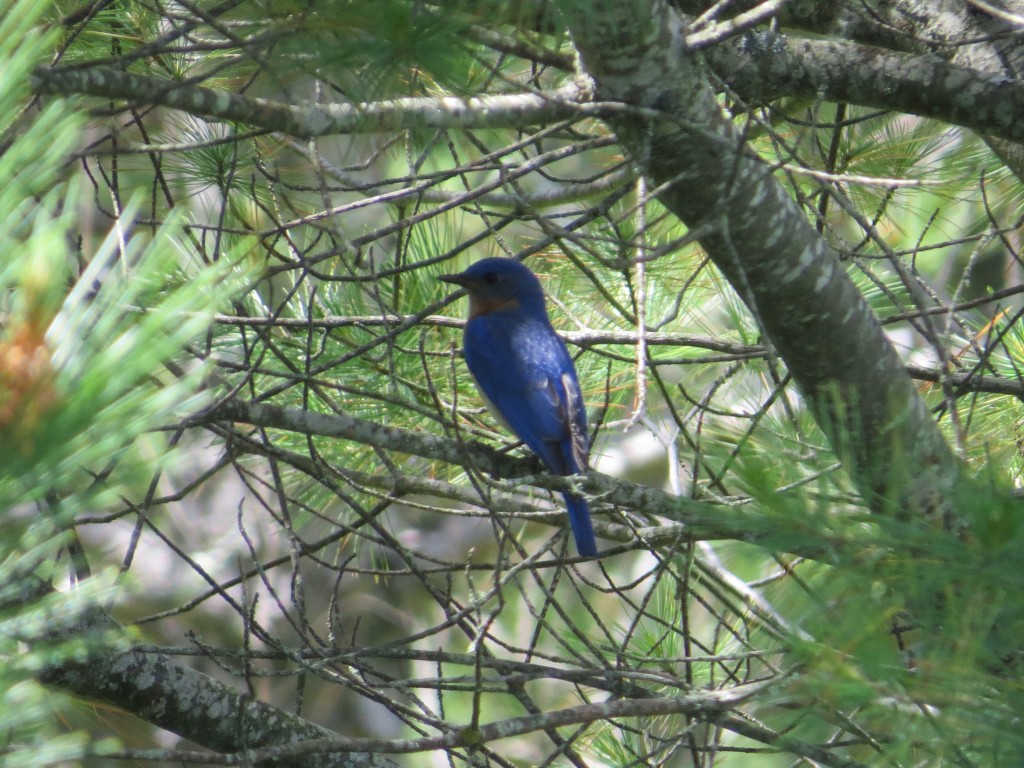
Eastern Bluebird
Dad and I also got to see a White-throated Sparrow and a Chestnut-sided Warbler singing within each other’s territories. While we were listening and watching, we heard the distinctive “Free beeeer!” call of the Alder Flycatcher. Sweet. Alder Flycatchers are one of the five Empidonax species we can see in Minnesota, and the only safe way to correctly identify them is through voice and habitat. Flycatchers are a drab bunch. Maybe that’s why the Alder and Acadian Flycatchers try to lure in birders and unsuspecting college students alike with their respective “Free-beeeer!” and “Piz-ZA!” calls.
Dad and I found the Alder no problem. Flycatchers love their dead snag perches above the rest of the shrubbery.
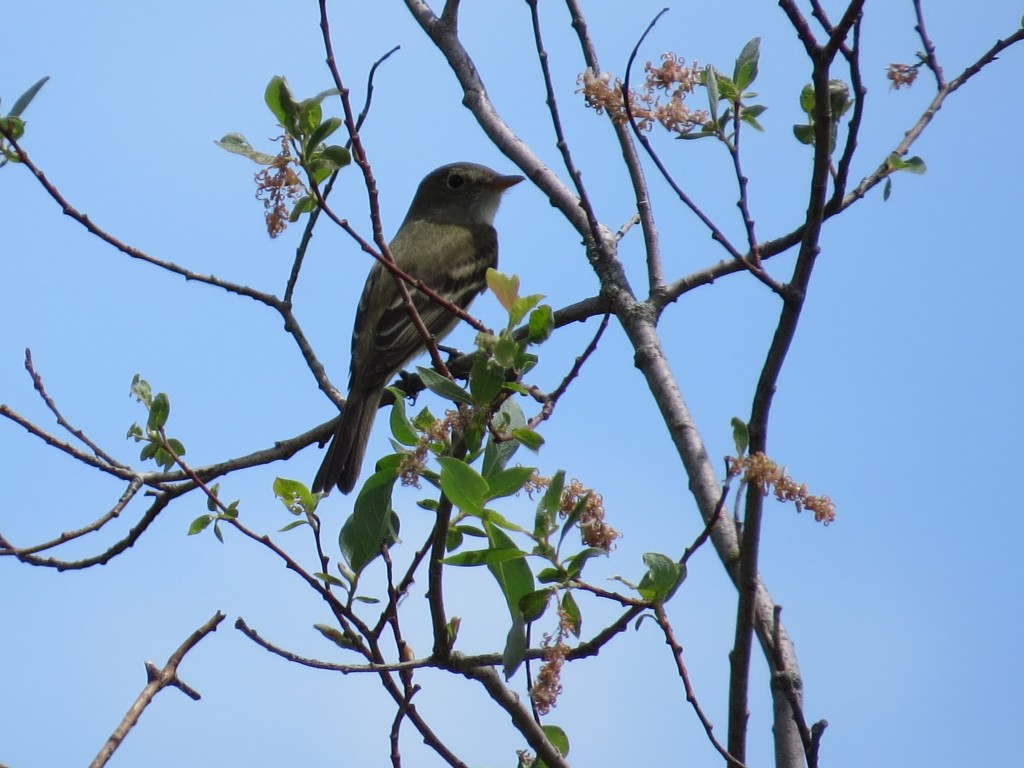
Alder Flycatcher
There were many other short 4-wheeler trips during our time at Mom and Dad’s. It’s always fun to see birds that are residents here but migrants back home, like the Olive-sided Flycatcher or this Hermit Thrush.
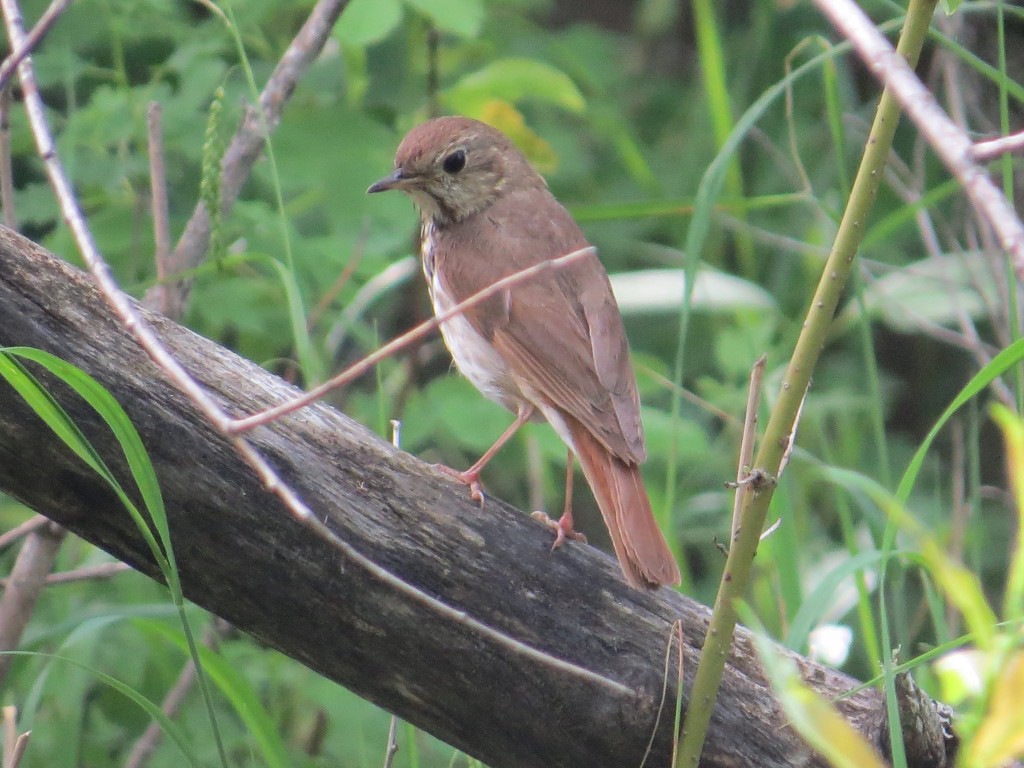
Hermit Thrush
I tried several times to see that American Bittern. I may have seen it fly, but I’m not sure and won’t count it. While searching for the Bittern one evening I had the good fortune of seeing another Black-billed Cuckoo! But all that gave me photo-ops were this Common Yellowthroat.
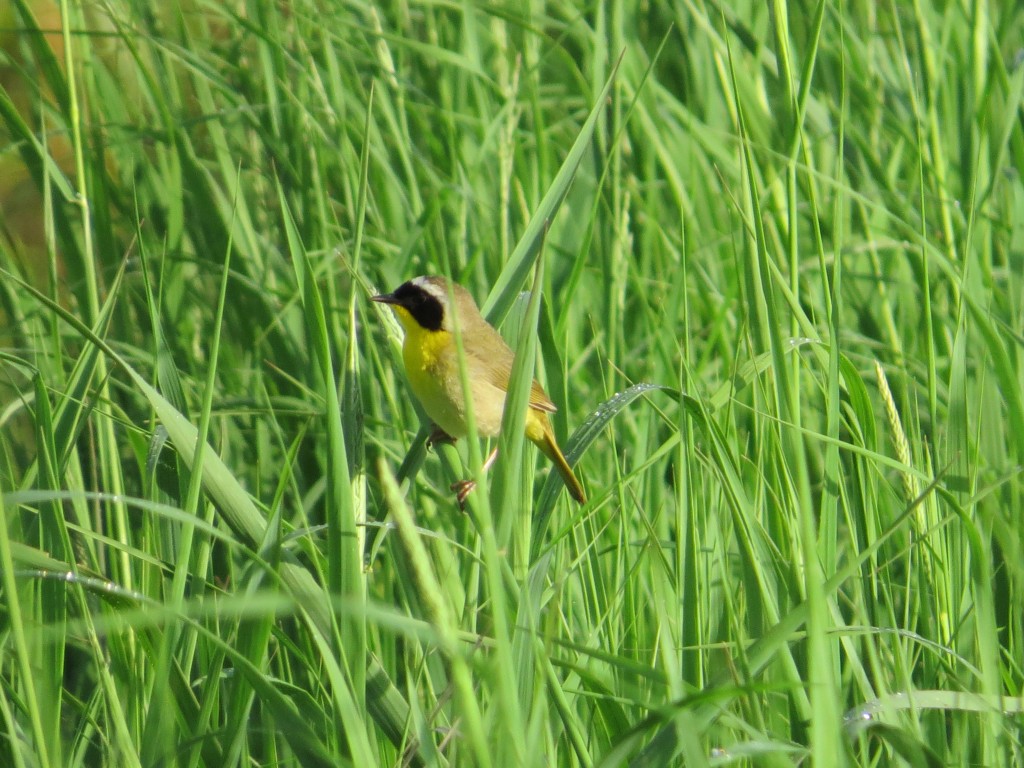
Common Yellowthroat
And this rainbow. It wasn’t going anywhere.
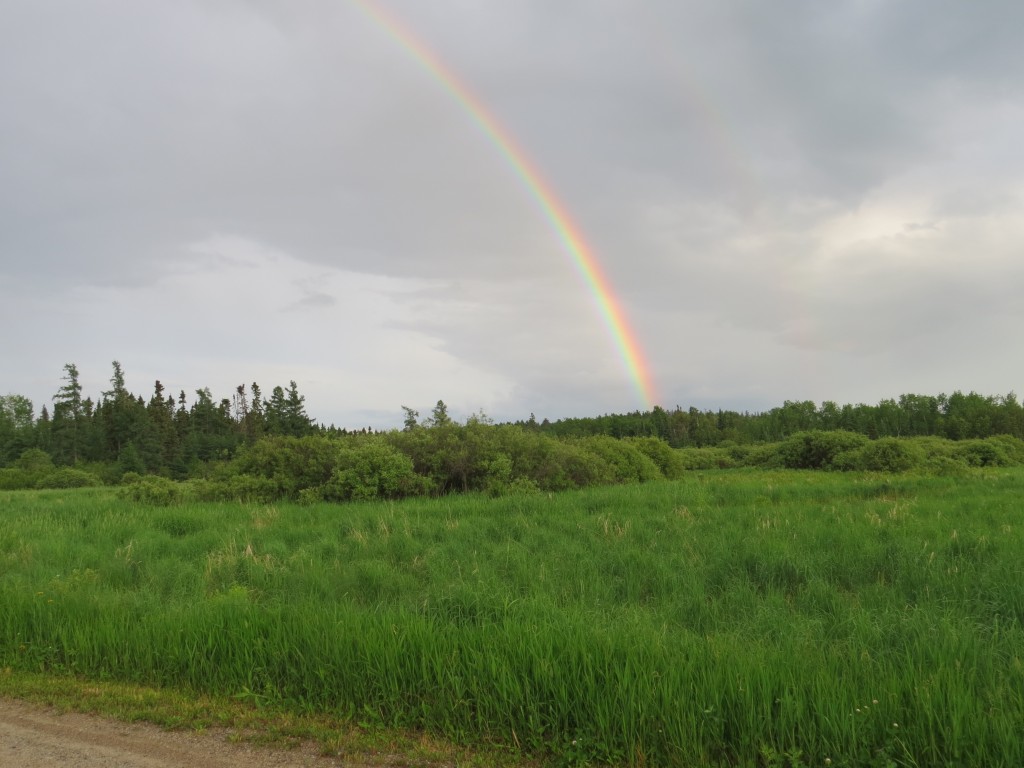 Not bad birding around the parents’ farm. I also sneaked away one morning on a quick solo mission to hike the Vermilion Gorge trail by Crane Lake on a tip from local birder, Dee Kuder, to look for Pine Warblers. Pine Warbler is a hole in my warbler life list, and I always forget about this drab warbler during migration and when I’m up north. It’s like that quiet kid in the classroom – always there but greatly overshadowed by the more gaudy and boisterous warbler children. Today was the day to look for the Pine. Evan declined my offer to go on this hike.
Not bad birding around the parents’ farm. I also sneaked away one morning on a quick solo mission to hike the Vermilion Gorge trail by Crane Lake on a tip from local birder, Dee Kuder, to look for Pine Warblers. Pine Warbler is a hole in my warbler life list, and I always forget about this drab warbler during migration and when I’m up north. It’s like that quiet kid in the classroom – always there but greatly overshadowed by the more gaudy and boisterous warbler children. Today was the day to look for the Pine. Evan declined my offer to go on this hike.
The Crane Lake area has the classic northern Minnesota beauty with tall pines and pristine lakes with rocky shores. Unfortunately it was a cloudy day and I had to save my dying camera battery for a chance encounter with that Pine Warbler, so I wasn’t able to get any scenery shots. Not even of the Vermilion River Gorge itself, a deep, narrow canyon a couple hundred yards long where the river rushes through.
Dee’s information paid off though. I found the Pine in a large stand of towering Red Pines. The Pine Warbler is way at the far-end of the beauty spectrum as far as warblers go, but I was ecstatic to find this drab, little bugger. It was my 30th warbler species.
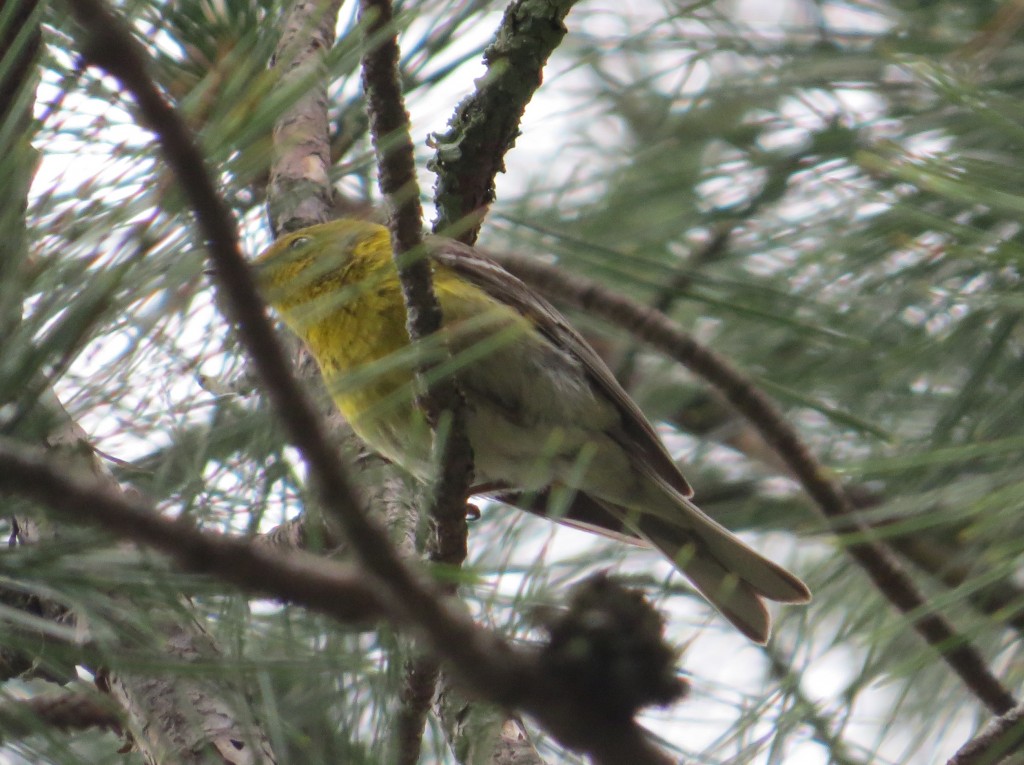
Pine Warbler
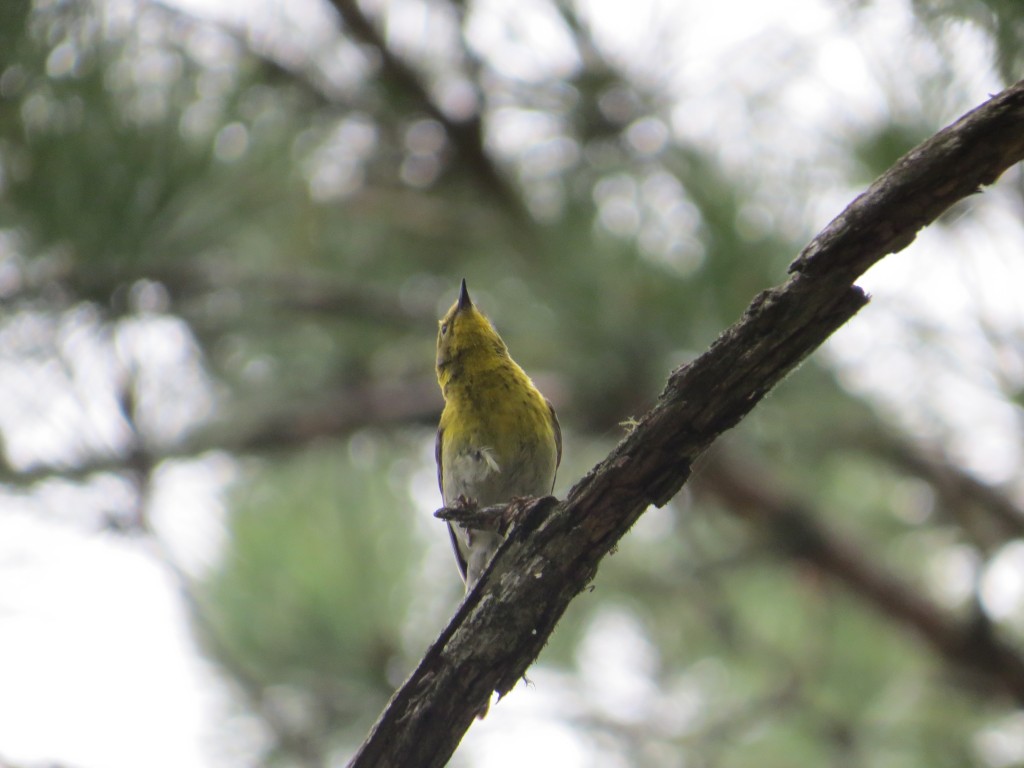
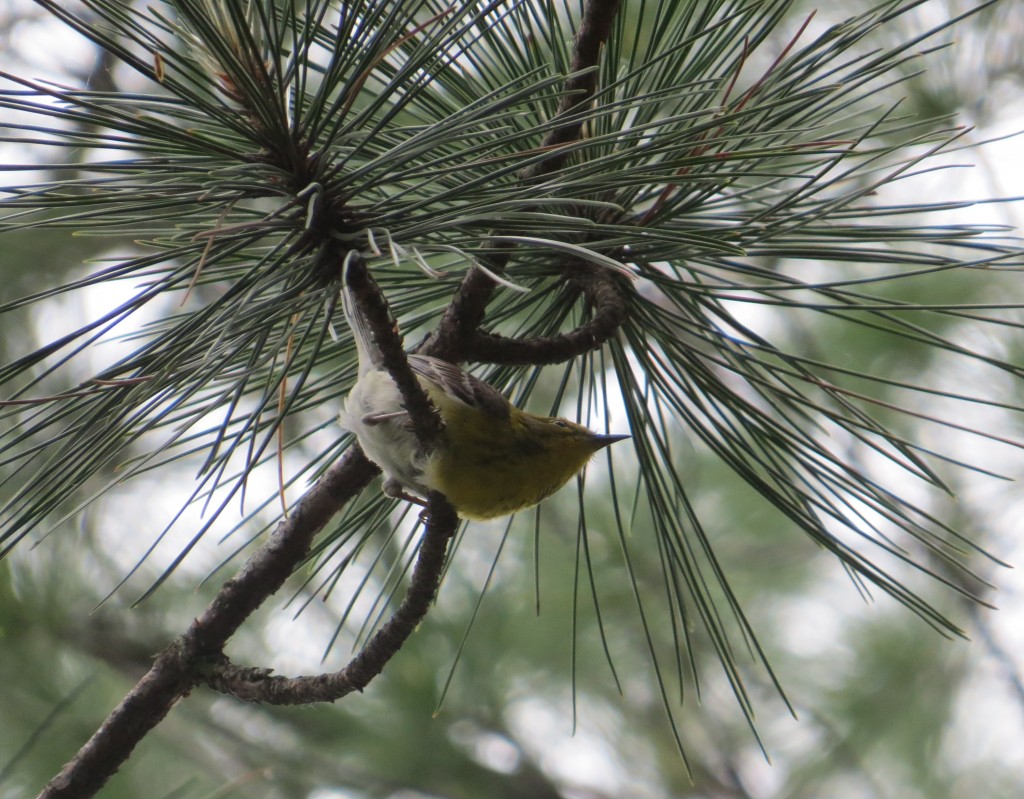
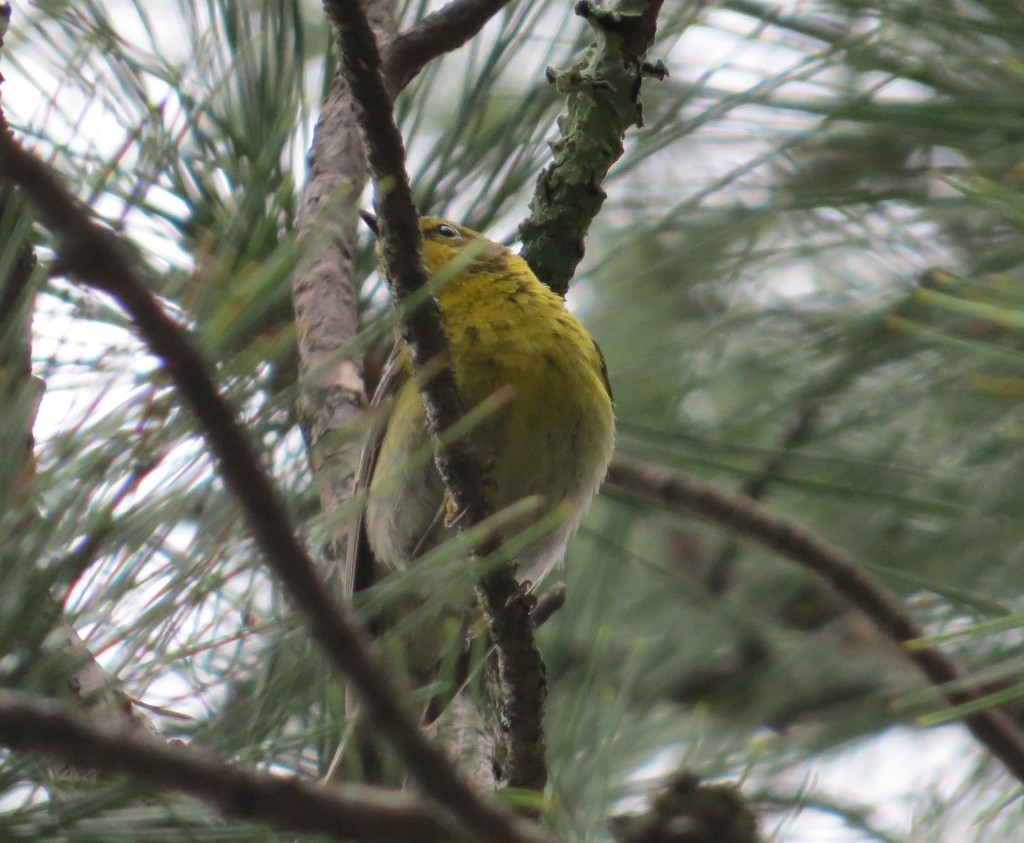
A Pine Warbler in the pines. You can’t beat that. I always prefer to see birds in their natural territories rather than in pot-luck sightings during migration. Evan was bummed that I got the Pine; I guess I forgot to tell him I was looking for that bird when I asked if he wanted to go hiking. But as bird sightings go, now that I’ve seen the Pine, I will start seeing them everywhere so Evan should get his in short order.
Our trip up north was productive both birdwise and relative-wise. And I had yet another crazy bird/birder adventure. Hopefully I can secure some guest photos from that encounter so I can share the fun story here. Stick around.

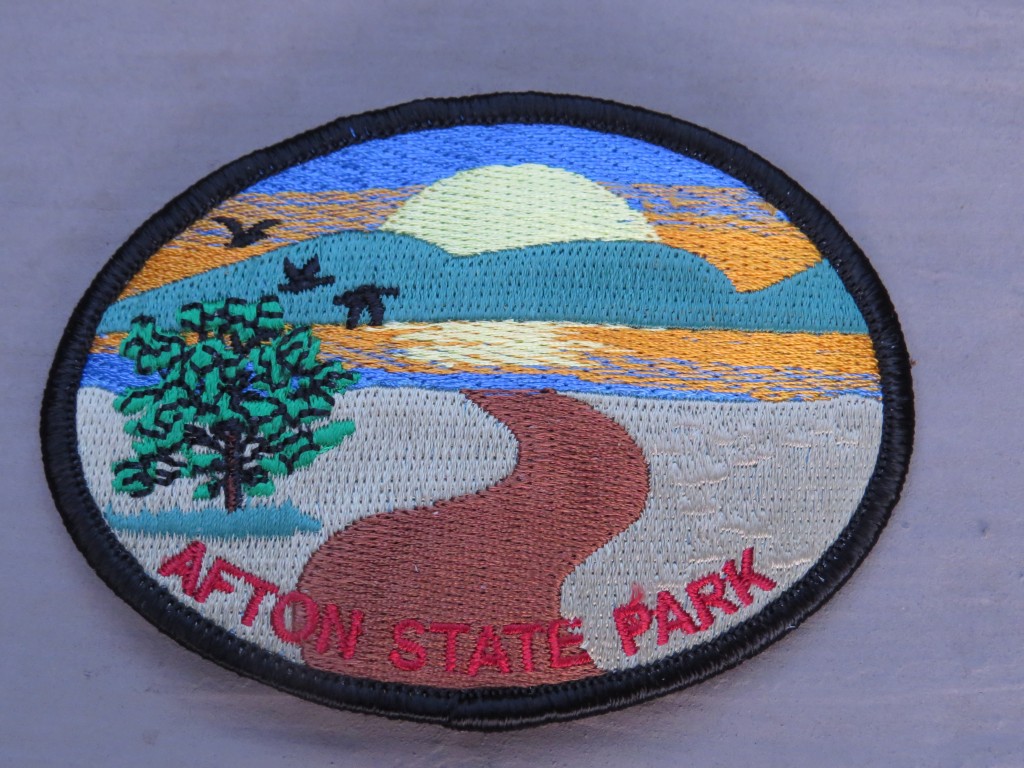
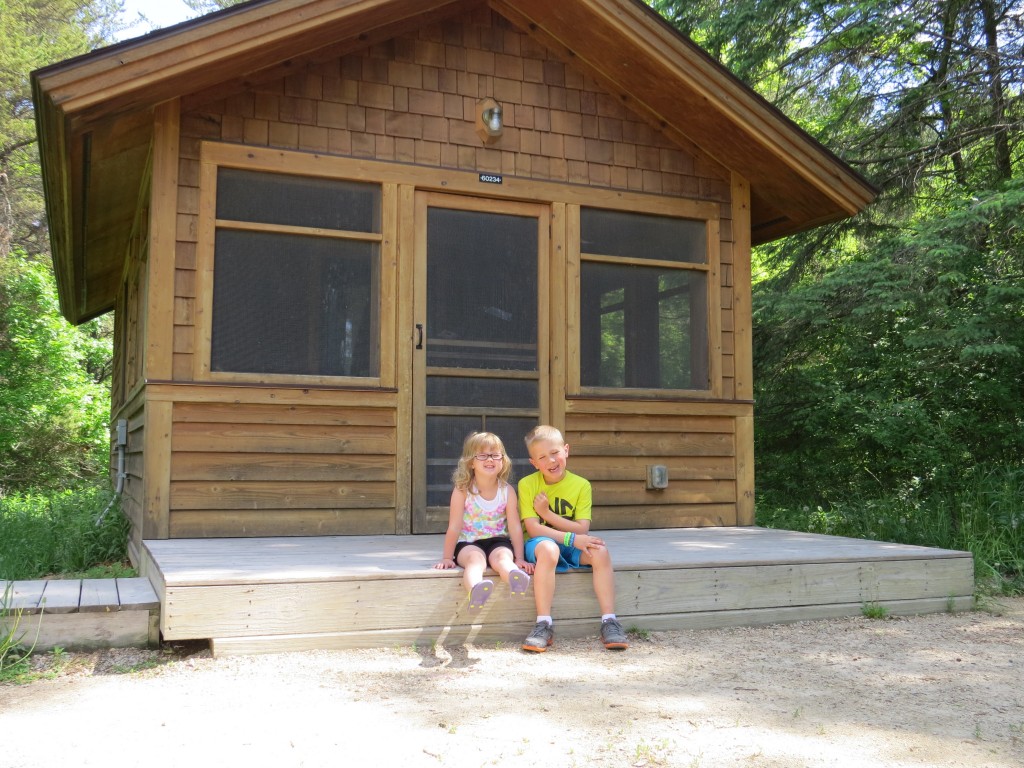
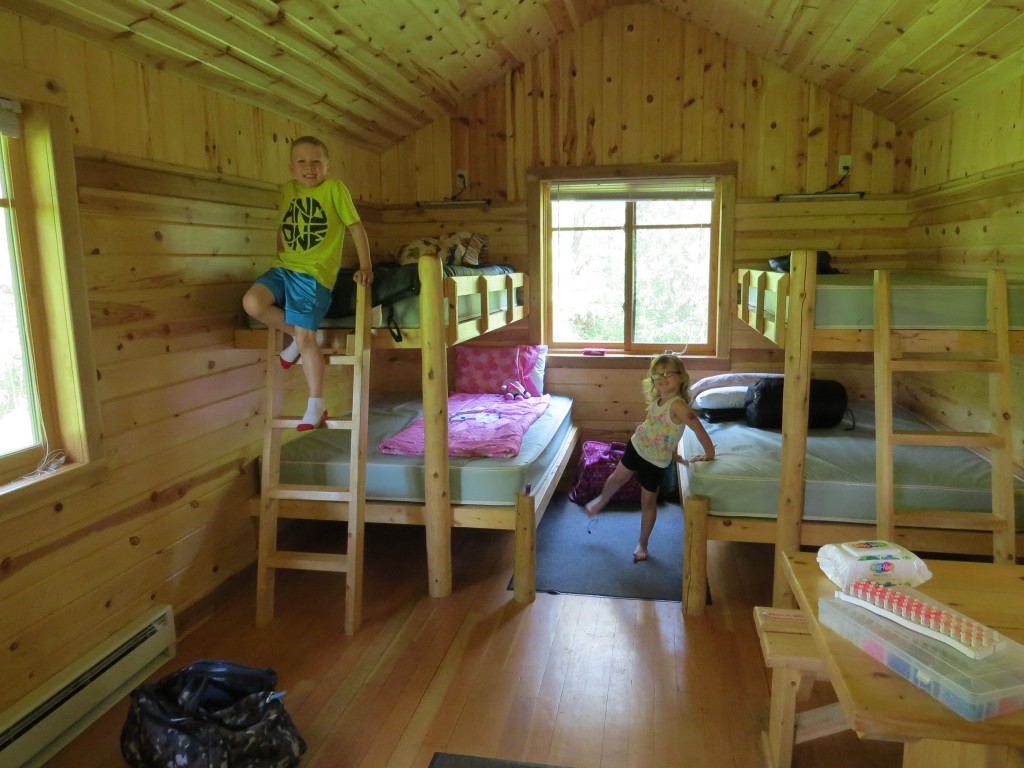
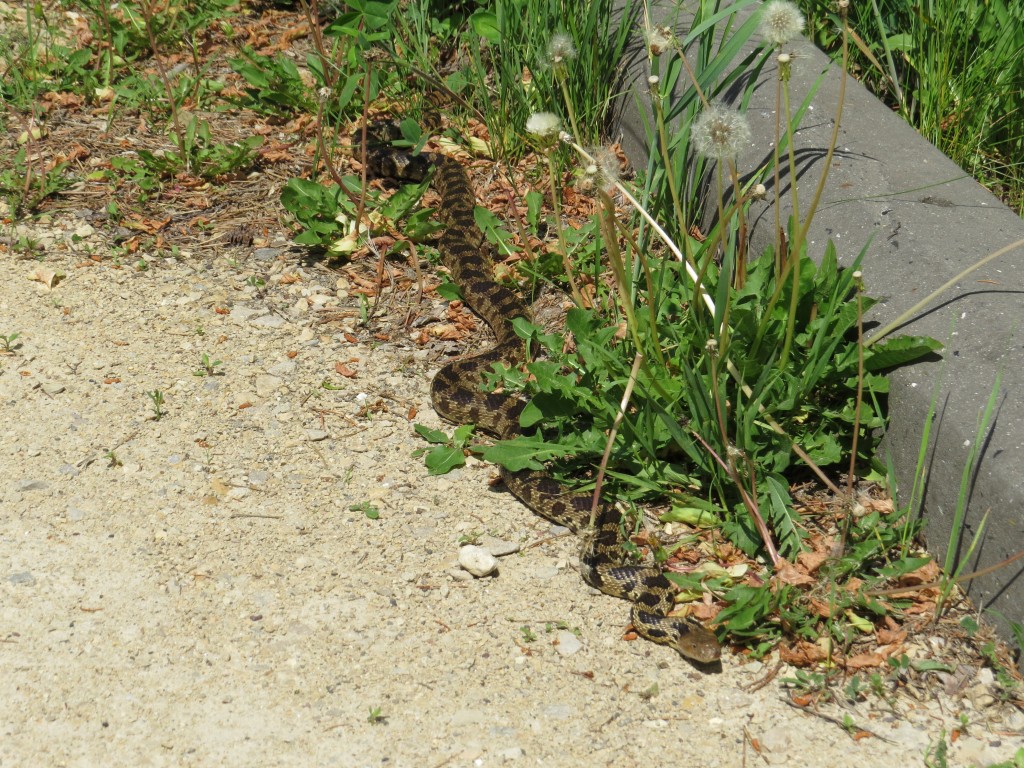
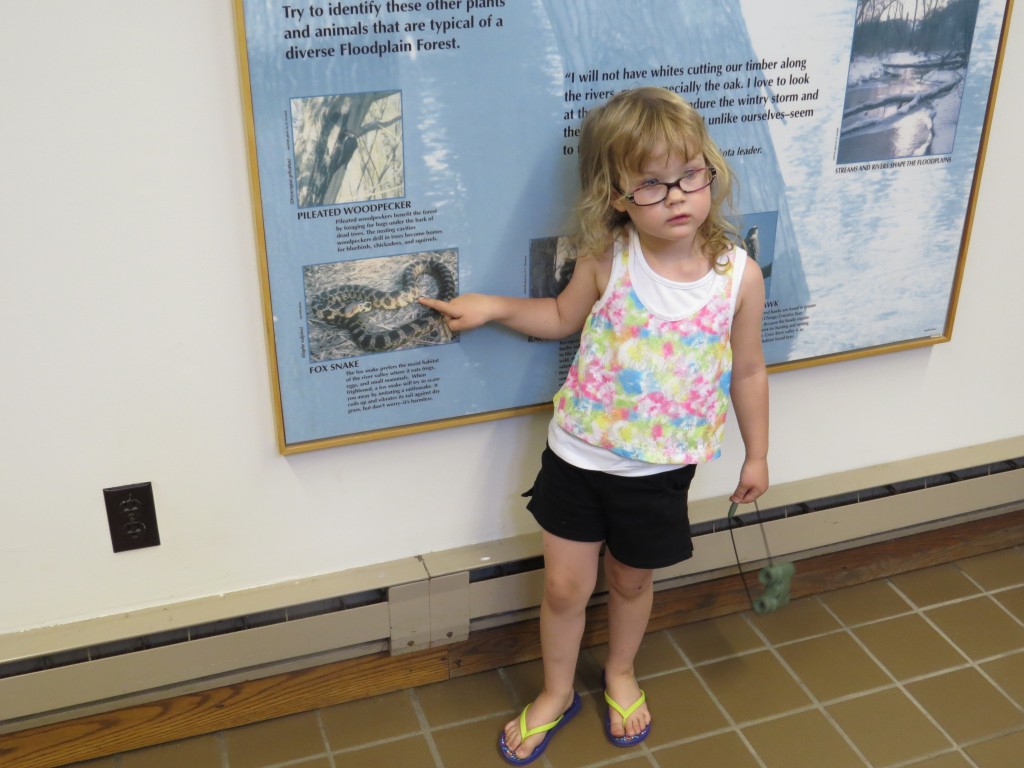
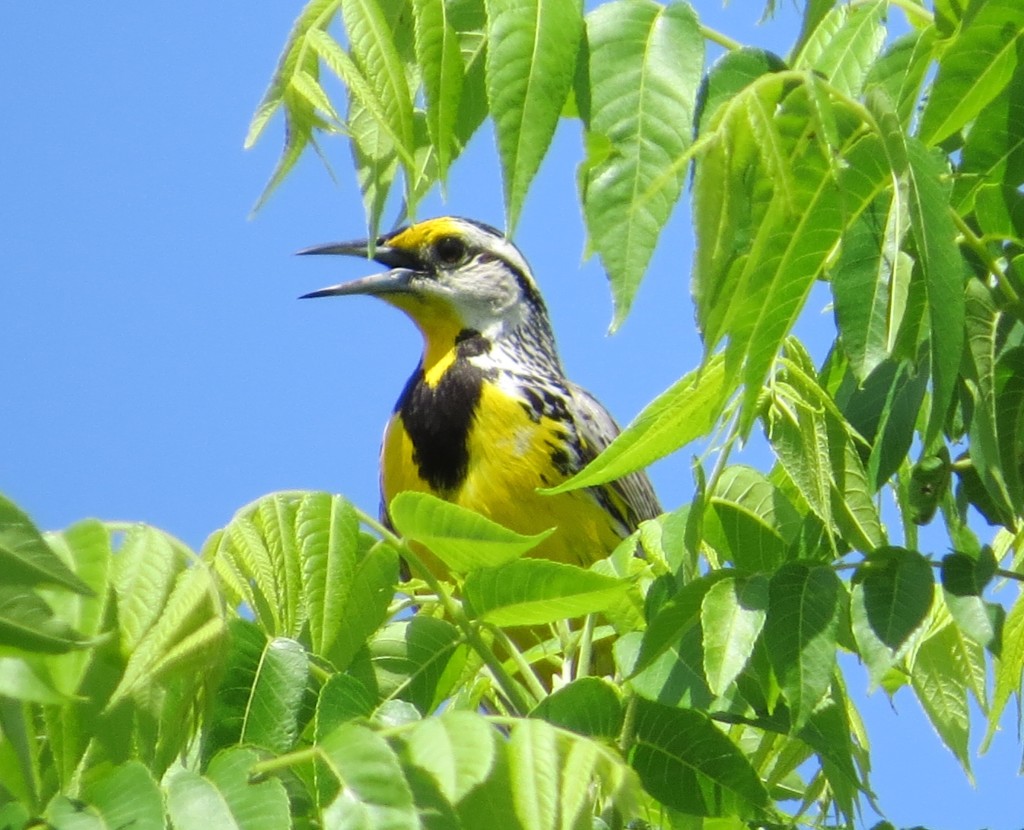
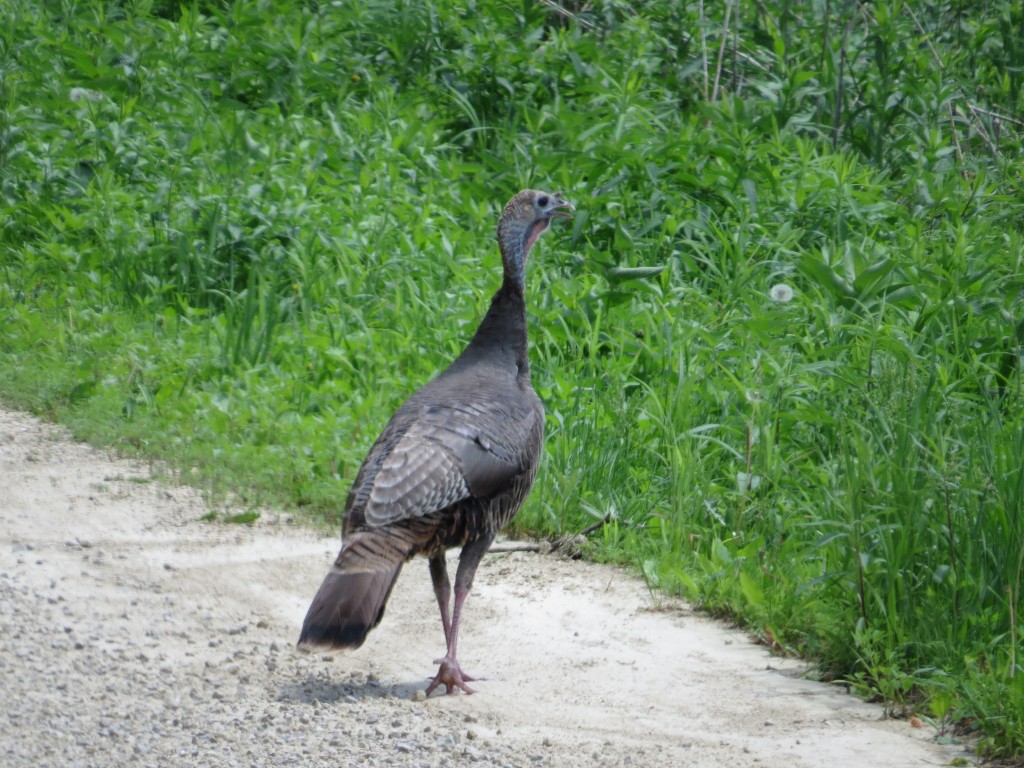
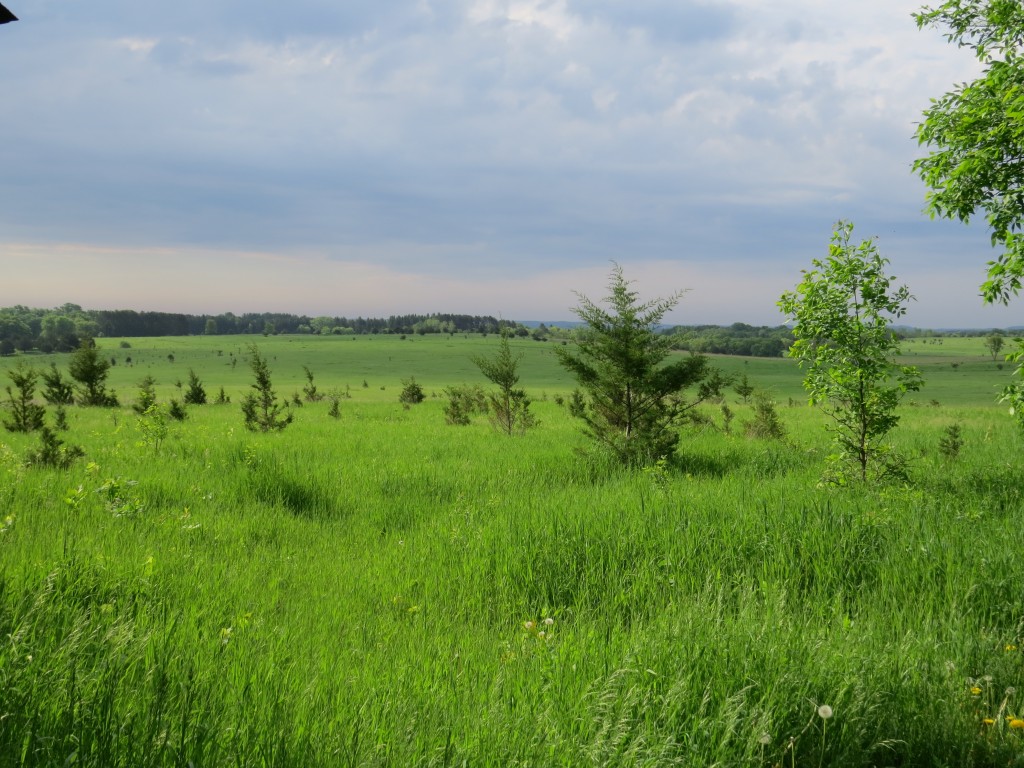
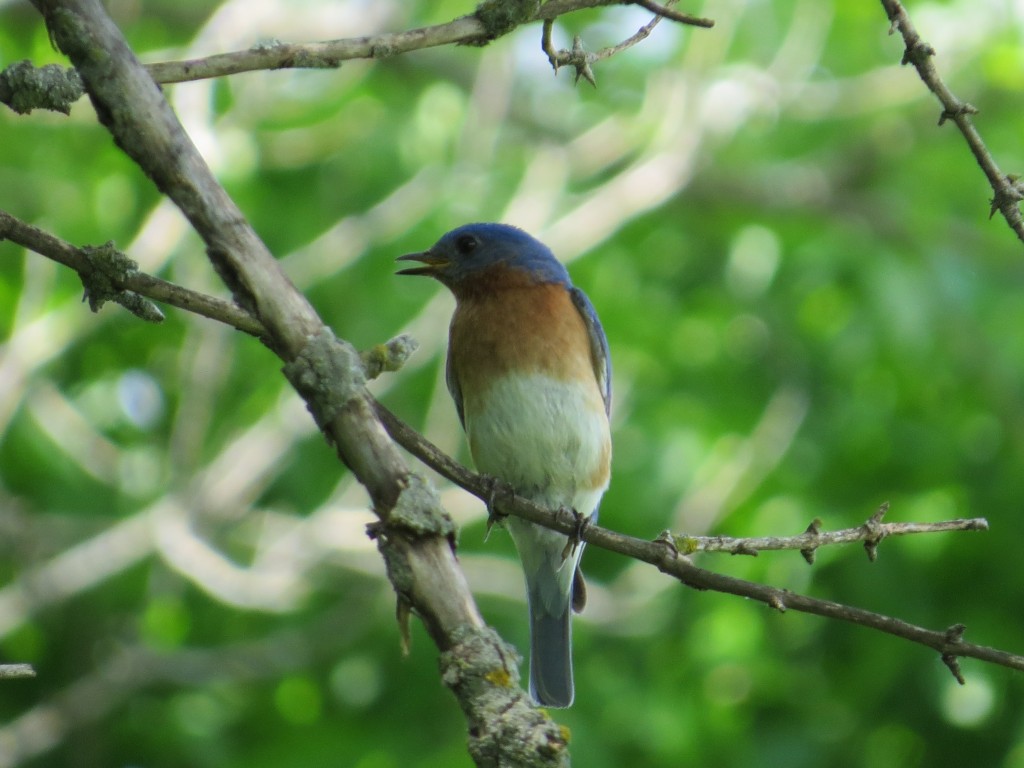
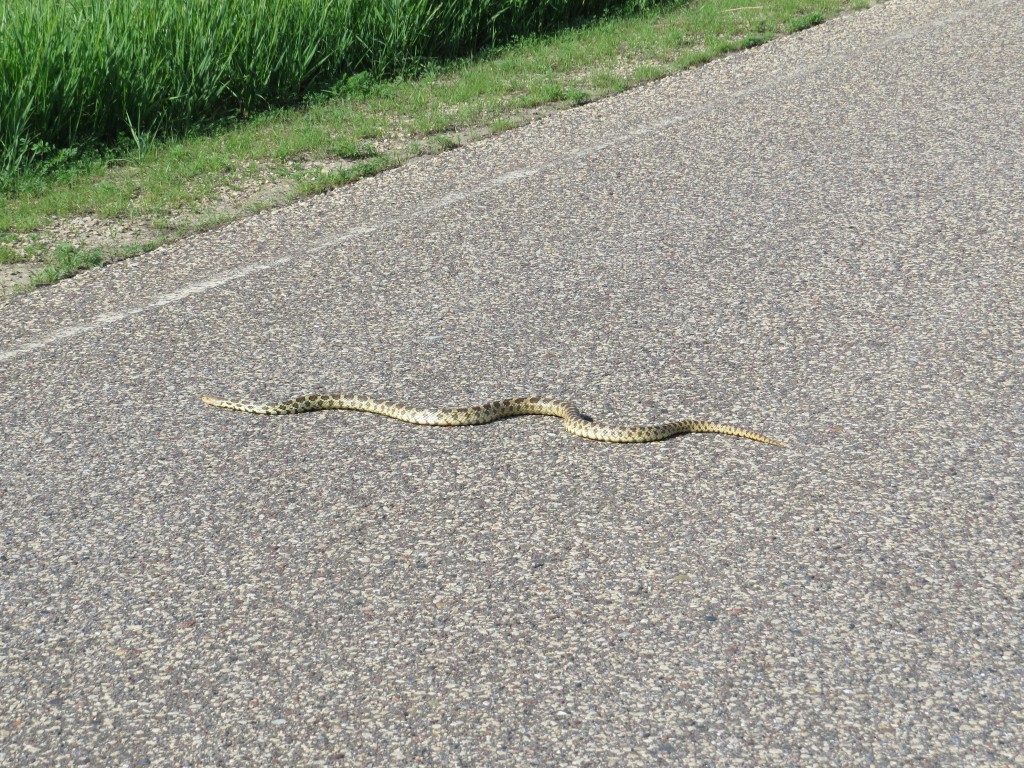 After this experience we finally made it to the trailhead. This time things went a lot smoother with a lot less complaining. The hike down the large hill was the most challenging as the sign shows, though Marin was convinced the sign meant it was a snake trail. Given our day, who could blame her? Here you can see Evan contemplating her observation.
After this experience we finally made it to the trailhead. This time things went a lot smoother with a lot less complaining. The hike down the large hill was the most challenging as the sign shows, though Marin was convinced the sign meant it was a snake trail. Given our day, who could blame her? Here you can see Evan contemplating her observation.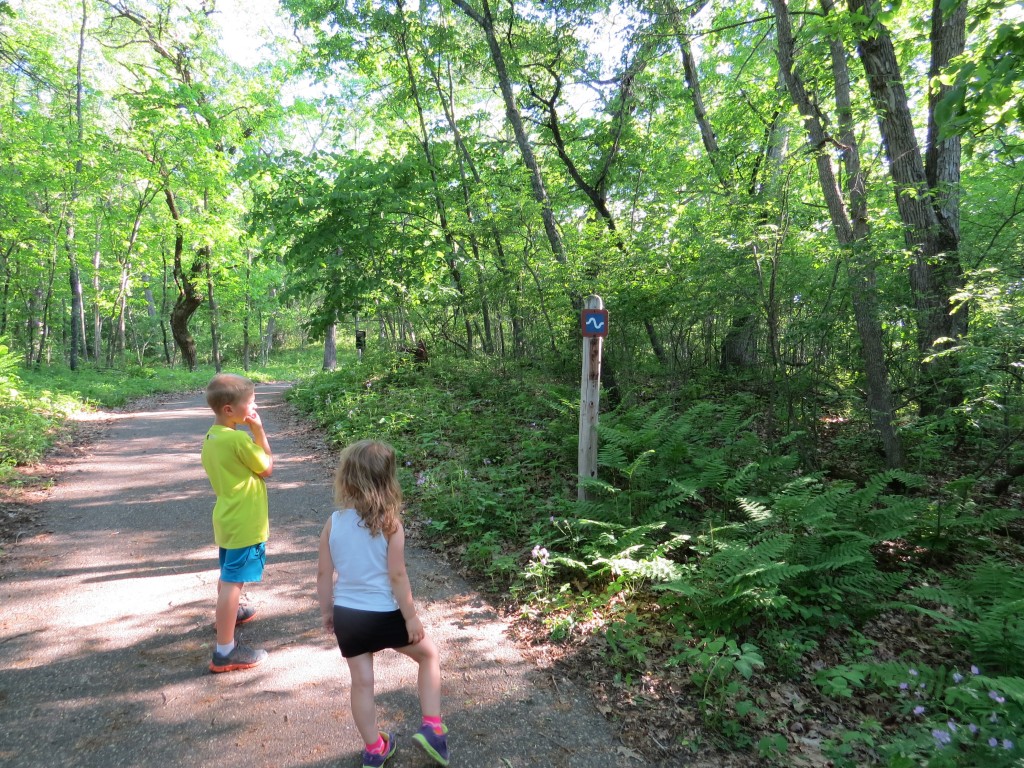 The river bottoms trail was flat and easy as it took us right next to the St. Croix and right along the base of an oak-wooded hillside where the Hooded Warblers were known to be. I knew the song well as its been my phone’s ring tone for some time, but I just wasn’t hearing it. Argh. Later on, though, as we passed by some flooded timber along the edge of the river, I heard the distinctive call of the Prothonotary Warbler! Not the main target, but good enough! After a little while we got to lay our eyes on it. What a thrill it was to see it for the first time!
The river bottoms trail was flat and easy as it took us right next to the St. Croix and right along the base of an oak-wooded hillside where the Hooded Warblers were known to be. I knew the song well as its been my phone’s ring tone for some time, but I just wasn’t hearing it. Argh. Later on, though, as we passed by some flooded timber along the edge of the river, I heard the distinctive call of the Prothonotary Warbler! Not the main target, but good enough! After a little while we got to lay our eyes on it. What a thrill it was to see it for the first time!